Red lava rock offers a dramatic and low-maintenance solution for creating bold, visually striking gardens. Its porous texture helps with soil moisture retention and aeration, while its vibrant, earthy color provides a stunning contrast against green foliage and neutral hardscapes. Unlike organic mulches, it doesn't decompose, making it a long-lasting investment for your landscape. From modern xeriscapes to rustic pathways, this volcanic stone provides a versatile medium to express your unique style. These ideas explore how to harness the fiery aesthetic of red lava rock to craft a landscape that is both beautiful and enduring.
1. Designing a Red Lava Rock Mulch Bed
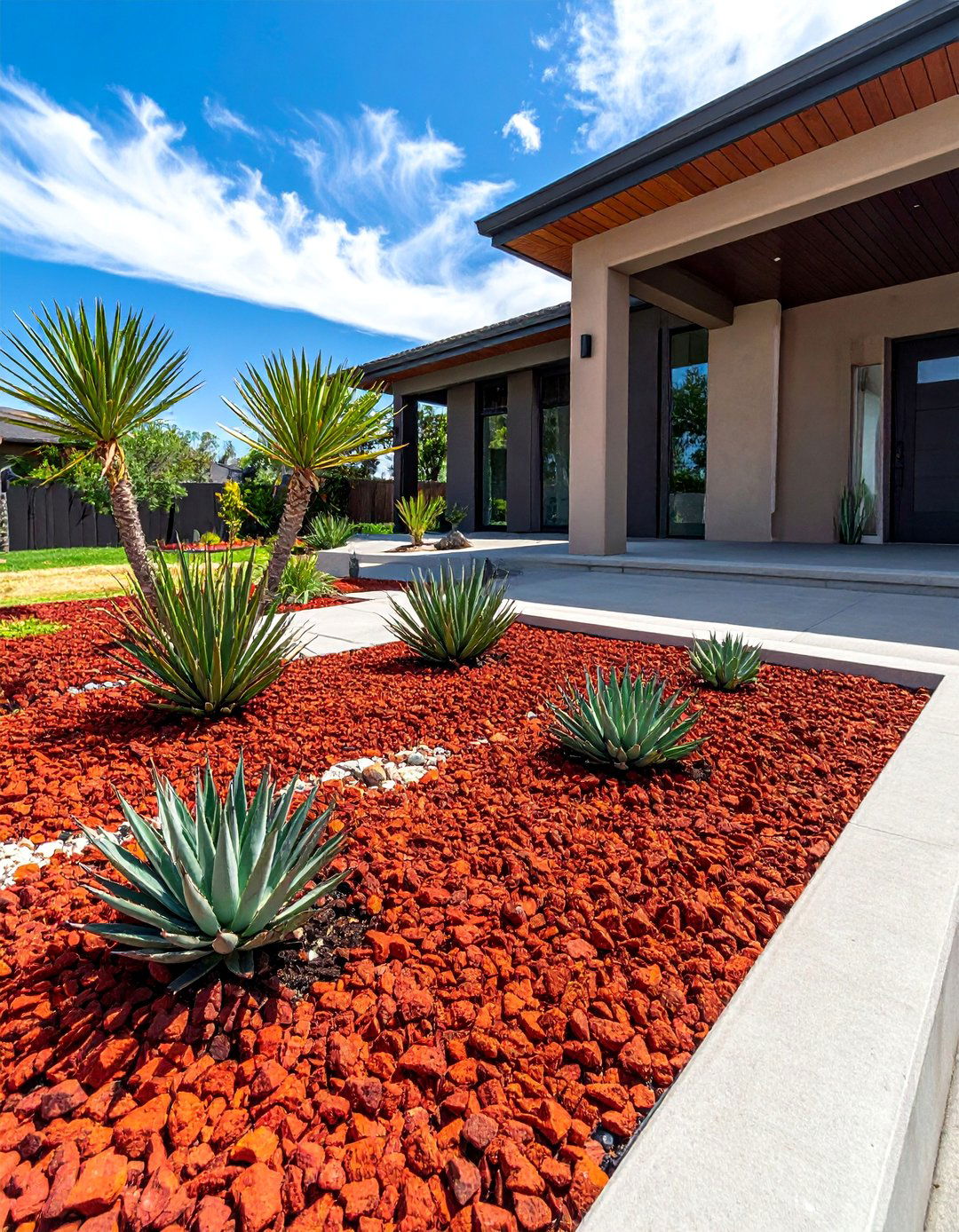
Using red lava rock as a permanent mulch is an excellent way to suppress weeds and reduce yard maintenance. To create a standout mulch bed, first clear the area of all grass and weeds, then lay down a high-quality landscape fabric to prevent future growth. Spread a two-to-three-inch layer of the rocks evenly across the fabric. This application is particularly effective around foundational plantings or in beds dedicated to drought-tolerant species like yuccas or agaves. The deep red hue makes plant colors pop, creating a dynamic, high-contrast visual that remains vibrant throughout all seasons without needing replacement.
2. Creating a Striking Red Lava Rock Pathway
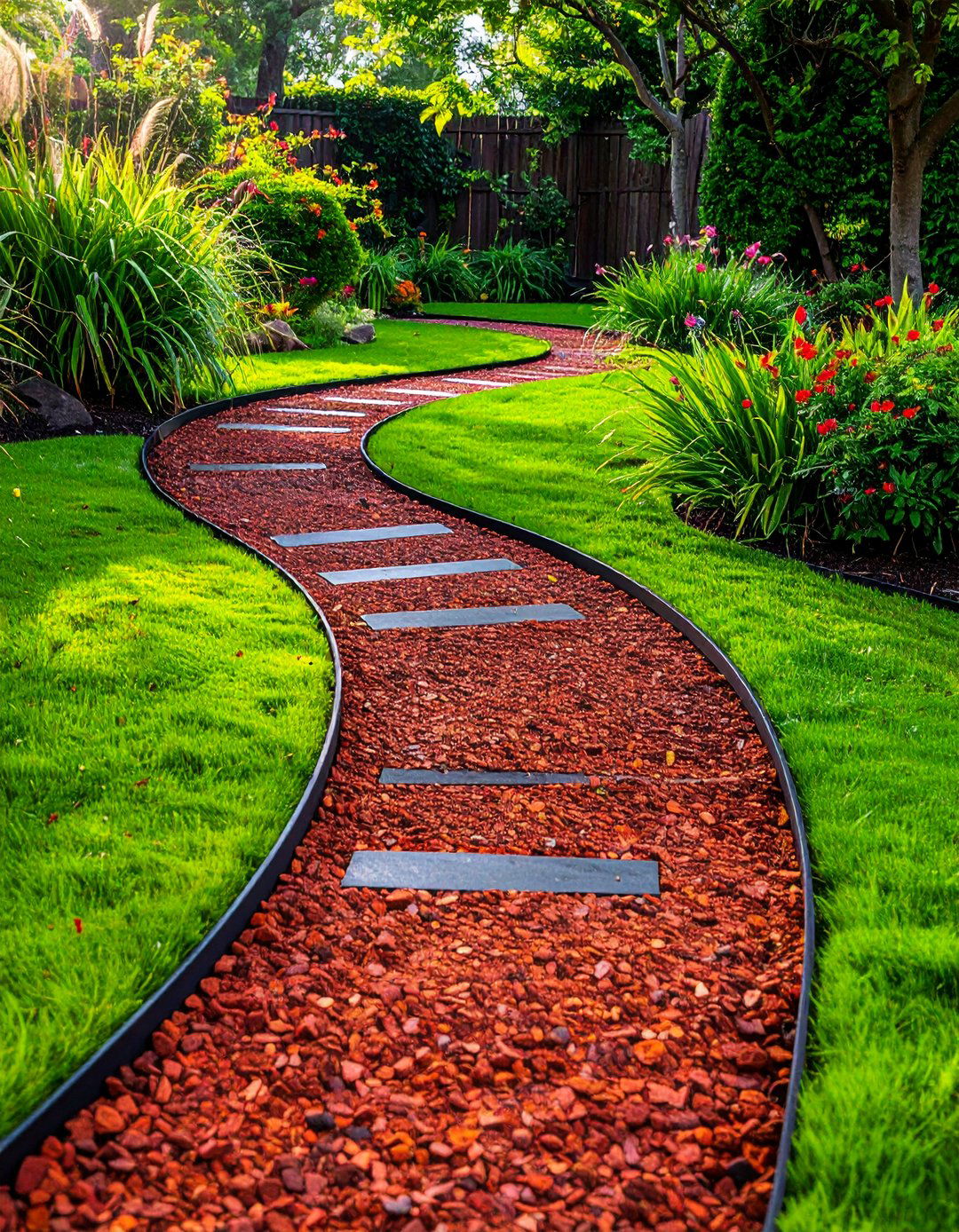
A pathway constructed from red lava rock can guide the eye and foot through your garden with dramatic flair. For a comfortable walking surface, use smaller, more uniform pieces of lava rock contained by durable edging like steel or stone pavers. This prevents the rocks from scattering into adjacent garden beds. The vibrant color creates a clear, inviting route that stands out against lush green lawns or darker mulches. The porous nature of the rock also allows for excellent drainage, preventing puddles from forming after rain and ensuring your walkway remains safe and functional year-round.
3. Accenting Water Features with Red Lava Rock
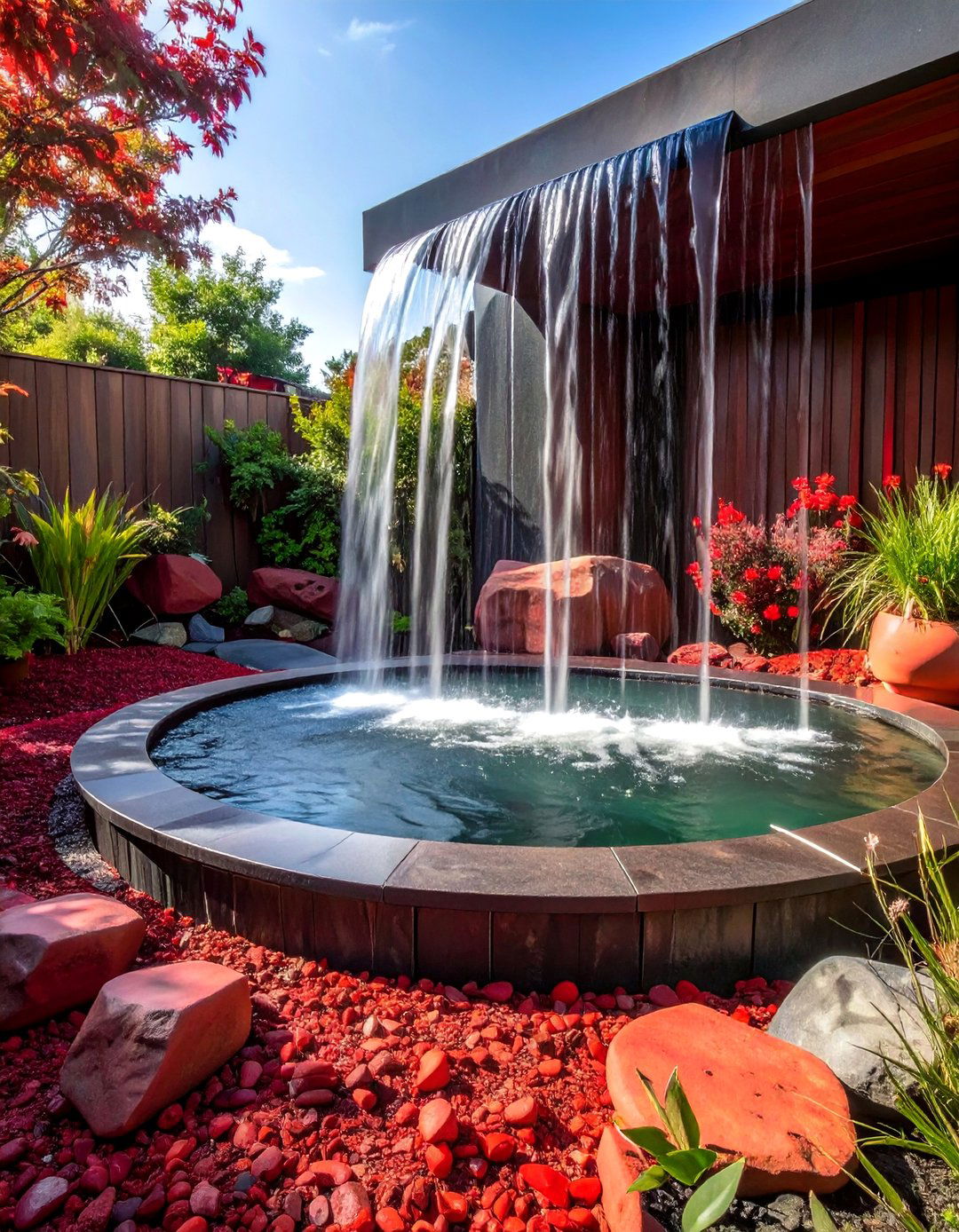
The contrast between cool, flowing water and the fiery appearance of red lava rock creates a captivating sensory experience in the garden. Use the rocks to surround the base of a fountain, line the edges of a pond, or create a splash zone for a waterfall. The porous stone won't become overly slippery and helps to mask pump housings or liners. This combination of elements evokes a primal, natural landscape, bringing together the opposing forces of fire and water. The deep red color intensifies when wet, adding another layer of visual interest to your tranquil water feature.
4. Building a Red Lava Rock Fire Pit Surround
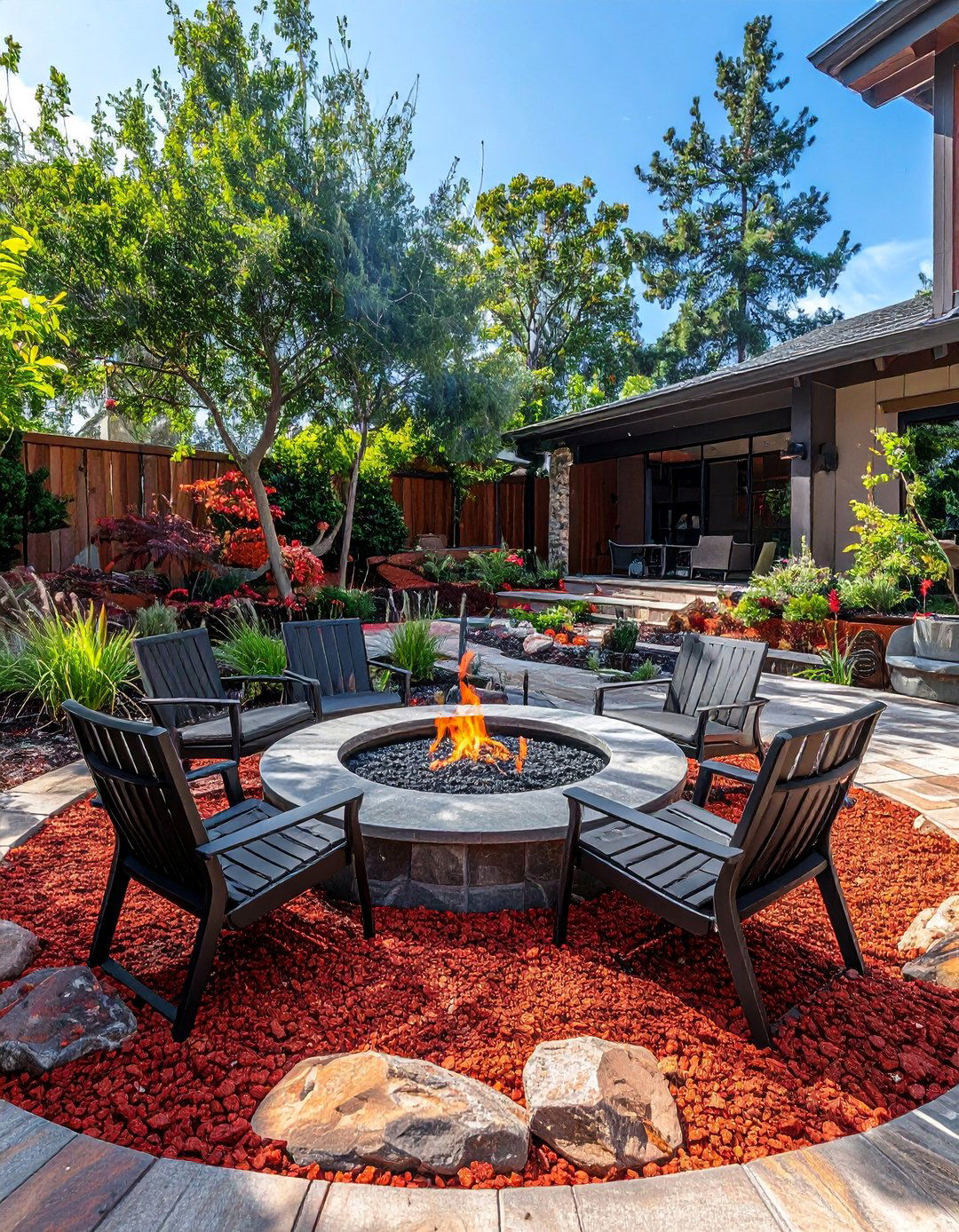
For a cohesive and functional outdoor gathering space, build a fire pit surround using red lava rock. As an igneous rock, it is naturally heat-tolerant, making it a safe and appropriate choice for this application. Spread the rock in a wide circle around a metal or stone fire pit to create a non-combustible zone that also serves as a decorative patio floor. This design not only enhances safety by catching stray embers but also ties the man-made fire feature into the natural landscape. The deep red tones glow beautifully in the firelight, enhancing the ambiance of your evening get-togethers.
5. Using Red Lava Rock for Xeriscape Gardens
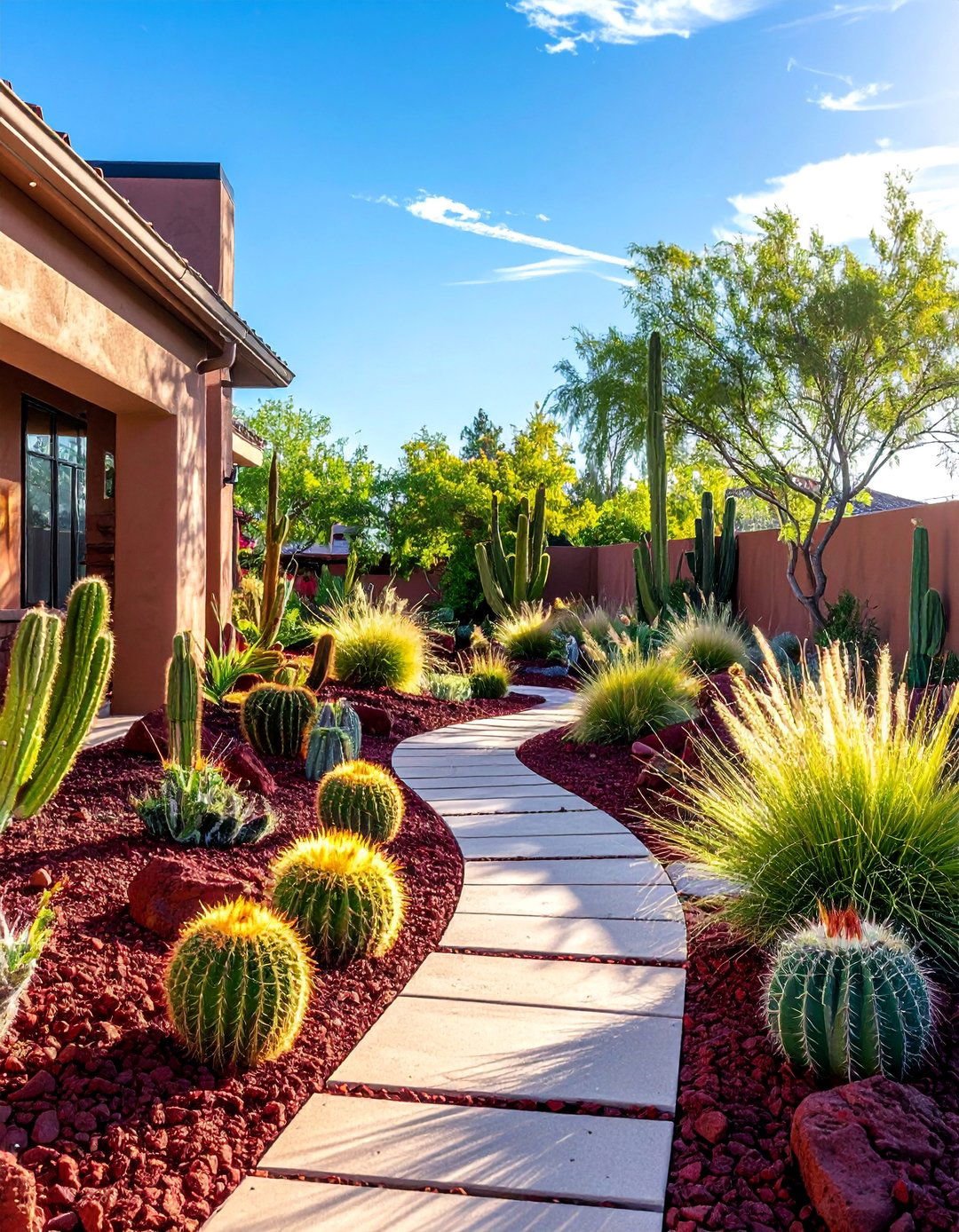
Xeriscaping focuses on water conservation, and red lava rock is a perfect material for this style of gardening. It serves as an inorganic mulch that helps the soil retain moisture by reducing evaporation, thereby minimizing the need for watering. Its porous structure also allows rainwater to easily penetrate the soil below. Pair red lava rock with succulents, cacti, and other drought-tolerant native plants to create a sustainable and visually stunning landscape. This approach not only saves water but also creates a resilient garden that thrives in dry conditions while offering a bold, southwestern aesthetic.
6. Highlighting Succulents with a Red Lava Rock Base
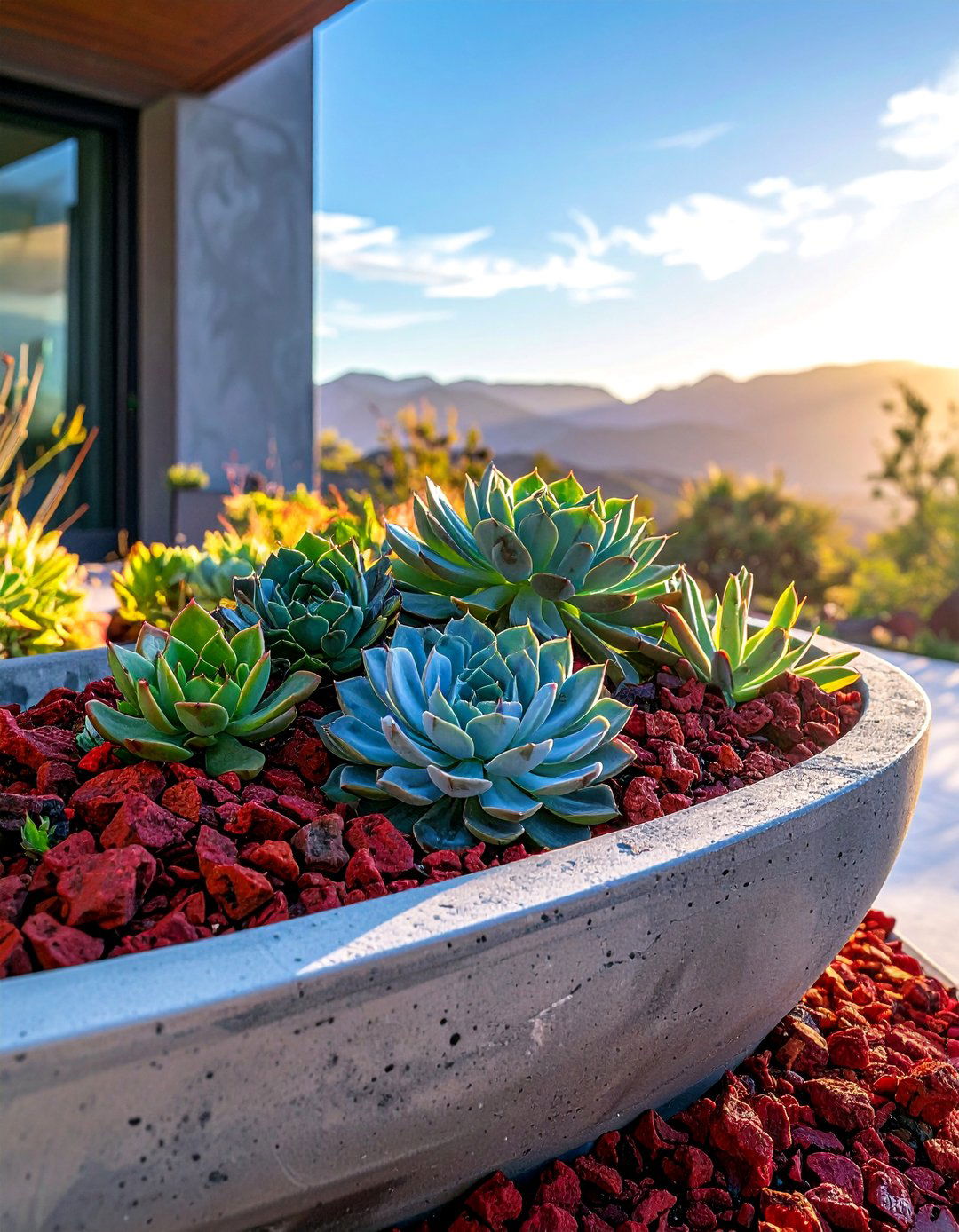
The unique shapes and colors of succulents are beautifully complemented by a top dressing of red lava rock. Whether in containers or a dedicated rock garden, a layer of this volcanic stone provides the perfect backdrop. The coarse, dark texture makes the smooth, fleshy leaves of echeverias, sedums, and aloes stand out dramatically. Furthermore, the rock promotes excellent drainage, which is critical for preventing root rot in these arid-loving plants. This functional and aesthetic pairing ensures your succulent collection becomes a striking focal point, showcasing their sculptural forms against a fiery, textured canvas.
7. Defining Garden Borders with Red Lava Rock Edging
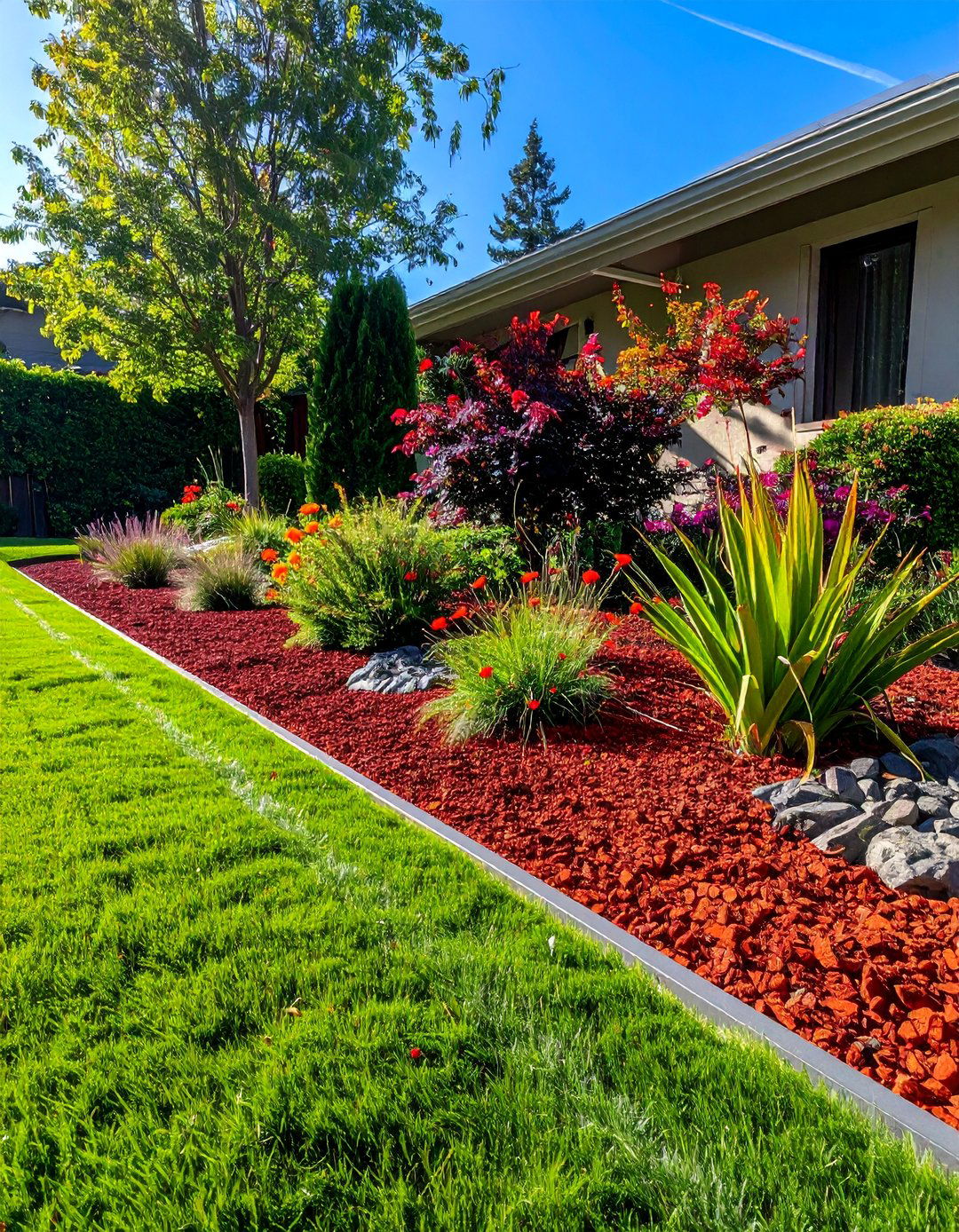
A clean, crisp border of red lava rock can create a sharp definition between your lawn, garden beds, and pathways. Dig a shallow trench, about four to six inches wide, along the edge you wish to define. Fill it with the lava rocks to create a distinct, colorful line that contains mulch and prevents grass from creeping into your flowerbeds. This technique offers a modern, low-maintenance alternative to traditional plastic or metal edging. The bold color creates a clear visual separation that organizes the landscape and gives your entire yard a polished, professionally designed appearance.
8. Constructing a Modern Red Lava Rock Garden
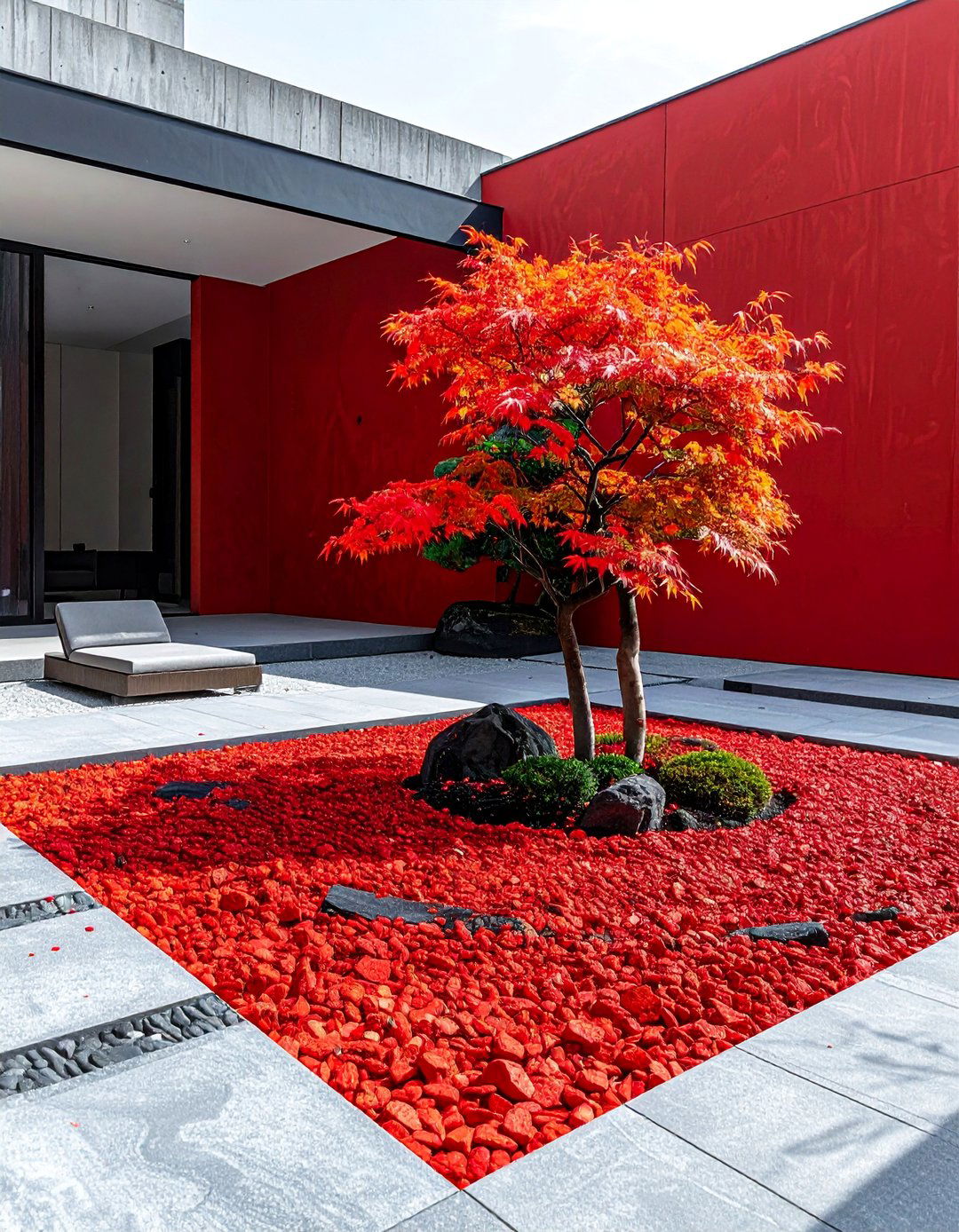
In modern landscape design, clean lines and bold material choices are key, making red lava rock an ideal component. Create geometric beds filled entirely with red lava rock, punctuated by a single sculptural tree or a few carefully placed ornamental grasses. Pair the rock with smooth concrete pavers, corten steel planters, and minimalist fencing to enhance the contemporary feel. This approach treats the ground cover as a deliberate design element rather than simple filler. The result is a sophisticated, low-maintenance space that emphasizes form and texture, relying on the rock's intense color to make a powerful statement.
9. Contrasting Greenery with Red Lava Rock Ground Cover
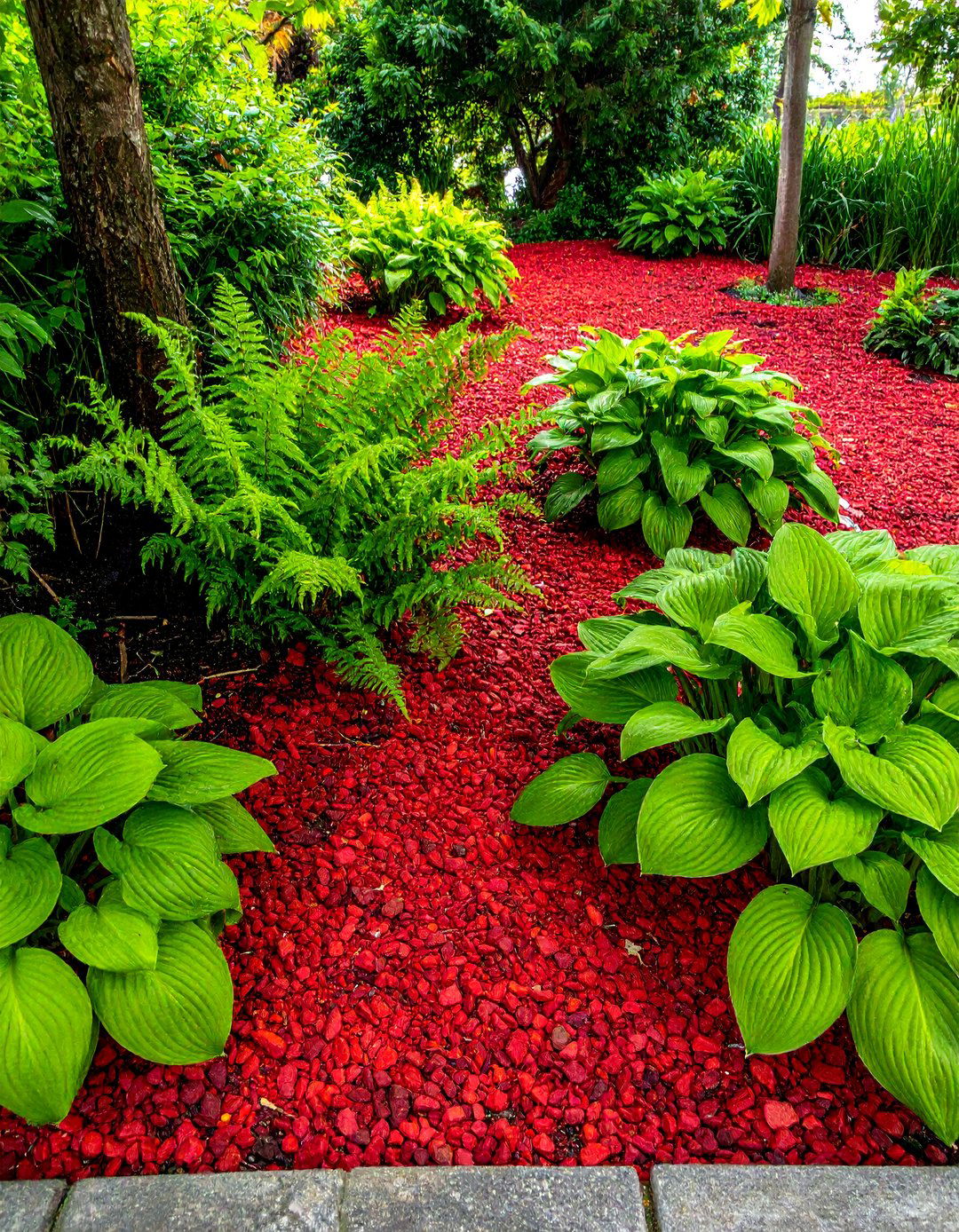
One of the most powerful uses for red lava rock is creating a high-contrast ground cover that makes green foliage appear more vibrant. Spreading a layer of these crimson stones beneath shrubs, ferns, and other leafy plants creates a dynamic visual tension. The deep red makes every shade of green, from lime to forest, pop with intensity. This effect is especially useful for making specimen plants or clusters of foliage stand out as a focal point in the landscape. The porous rock also benefits the plants by helping to moderate soil temperature and allowing for good air circulation around their base.
10. Detailing a Japanese Zen Garden with Red Lava Rock
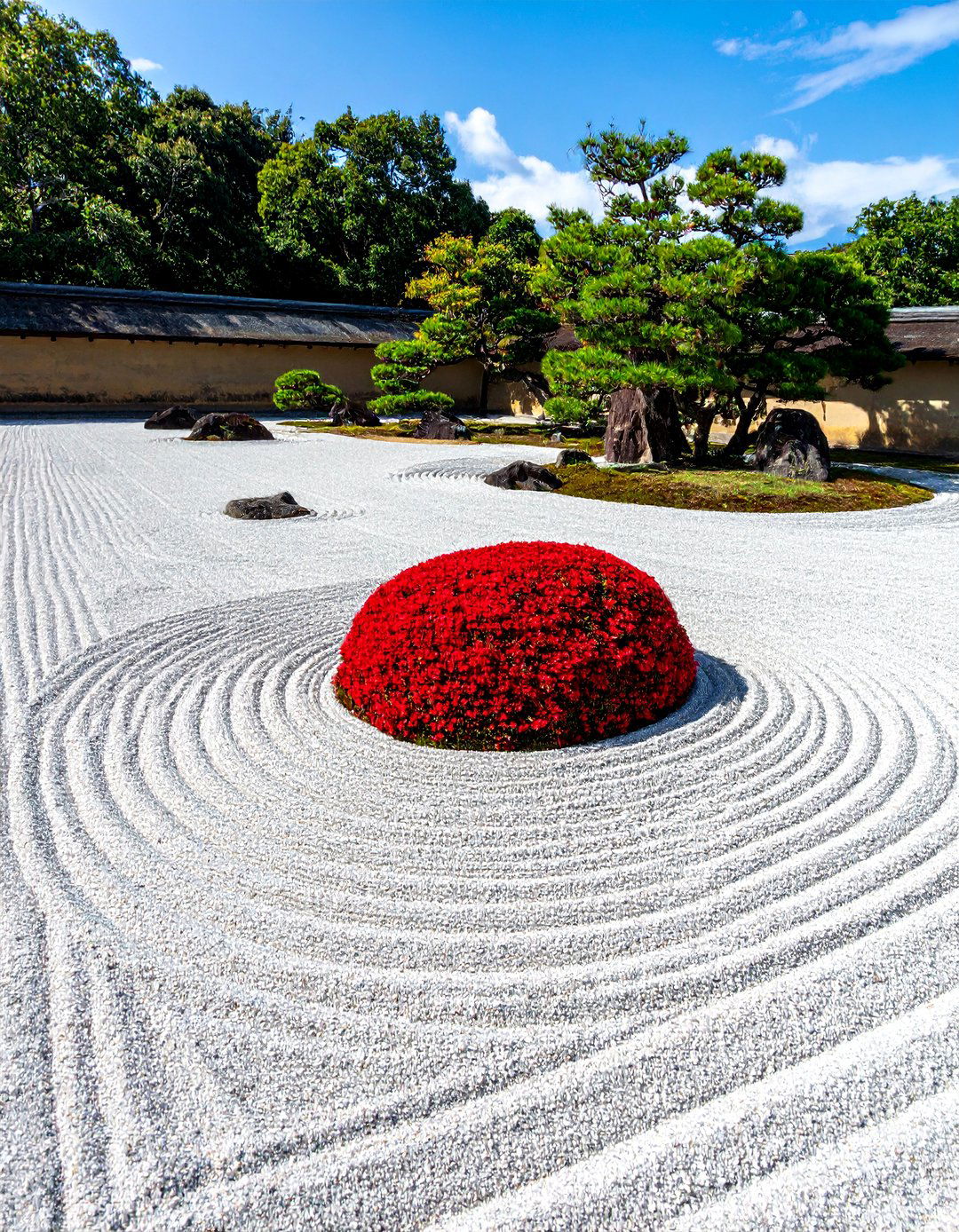
While traditional Japanese gardens often use muted tones, incorporating red lava rock can add a unique and symbolic element. Use it sparingly to represent islands in a sea of raked white gravel or to create a focal point representing fire or volcanic energy. The coarse texture provides a compelling contrast to the smooth, flowing lines of sand and carefully placed boulders. This deliberate use of color can introduce a sense of passion or energy into the otherwise tranquil and meditative space. It's a modern twist on a classic design that allows for personal expression while respecting traditional principles of balance and harmony.
11. Filling Gabion Walls with Red Lava Rock
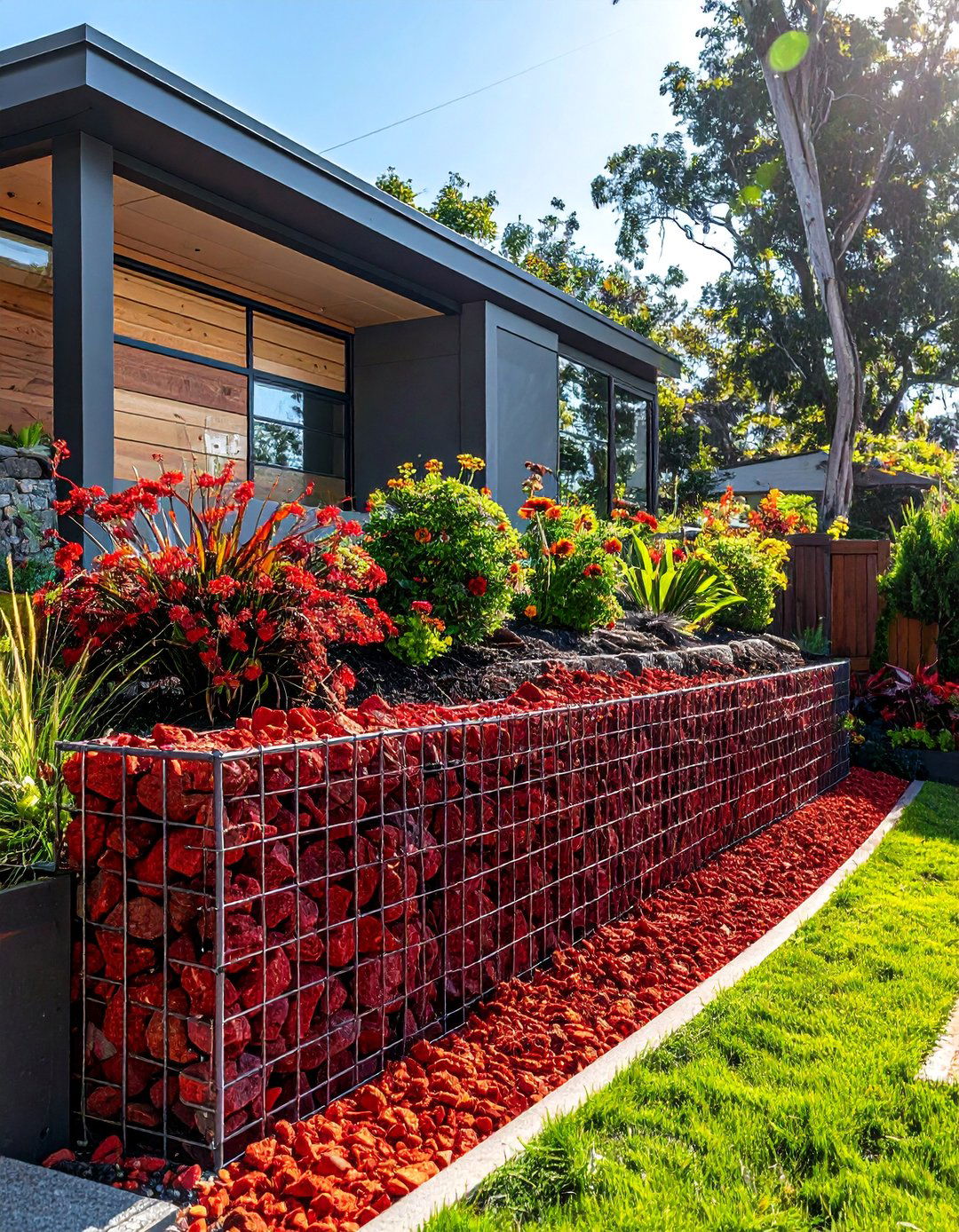
Gabion walls, which are wire mesh cages filled with rocks, gain a dramatic and modern edge when filled with red lava rock. The lightweight nature of lava rock makes it easier to handle and transport compared to denser stones, simplifying the installation process. These walls can be used as retaining walls, garden seating, or standalone sculptural features. The uniform color and texture of the red lava rock create a monolithic, impactful statement, turning a simple structural element into a stunning piece of landscape art. The result is a functional feature that combines industrial structure with fiery, natural beauty.
12. Surfacing a Patio Area with Red Lava Rock
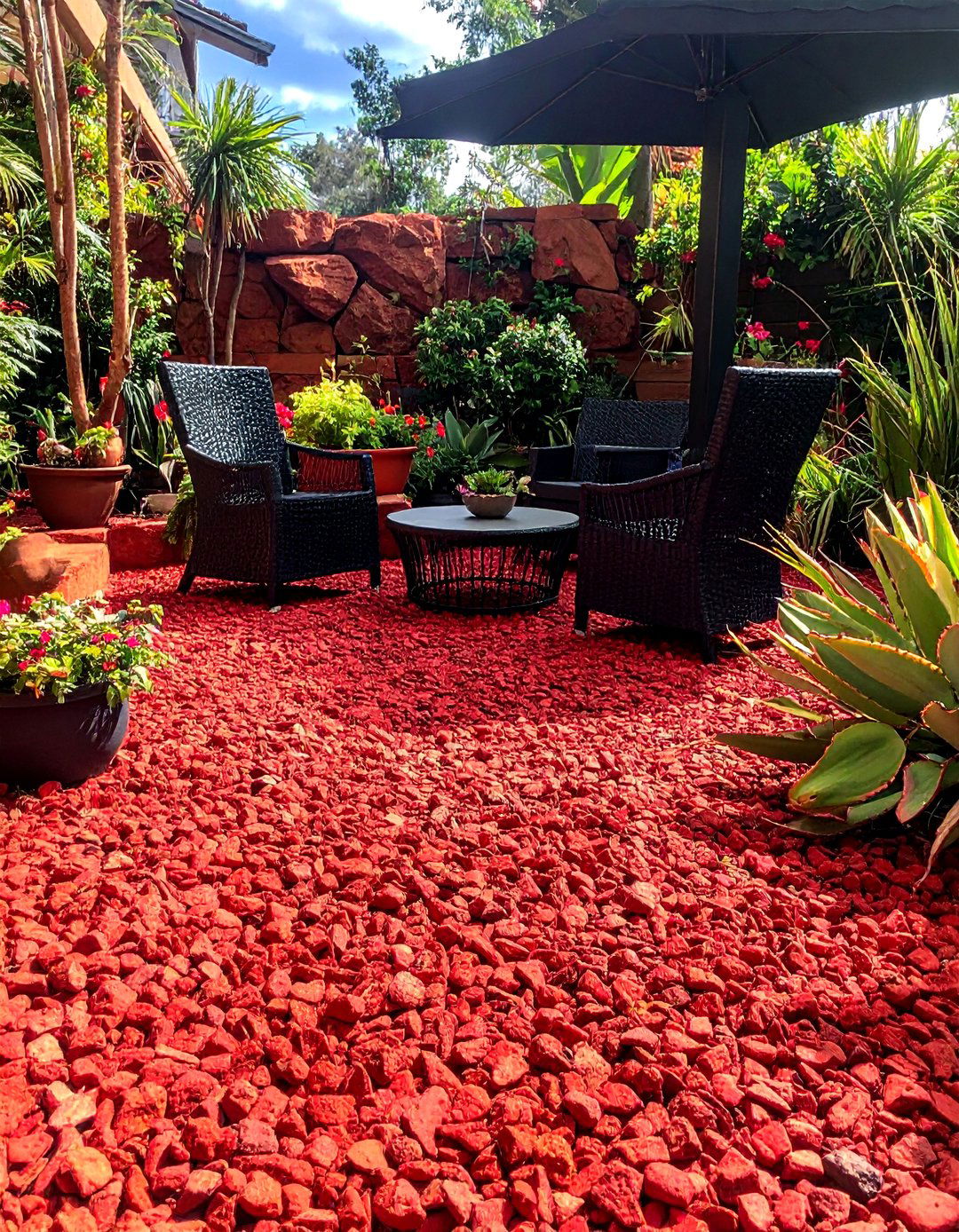
For a unique and permeable patio surface, consider using red lava rock instead of traditional pavers or concrete. When contained within a sturdy frame of wood or metal edging, compacted lava rock can create a stable, comfortable, and visually striking outdoor living area. This approach is more budget-friendly than hardscaping and allows rainwater to drain directly into the ground, reducing runoff. The vibrant color adds warmth and character to the space, creating a rustic yet modern foundation for your outdoor furniture and gatherings. It’s an unconventional choice that delivers both aesthetic appeal and environmental benefits.
13. Creating a Red Lava Rock Dry Creek Bed
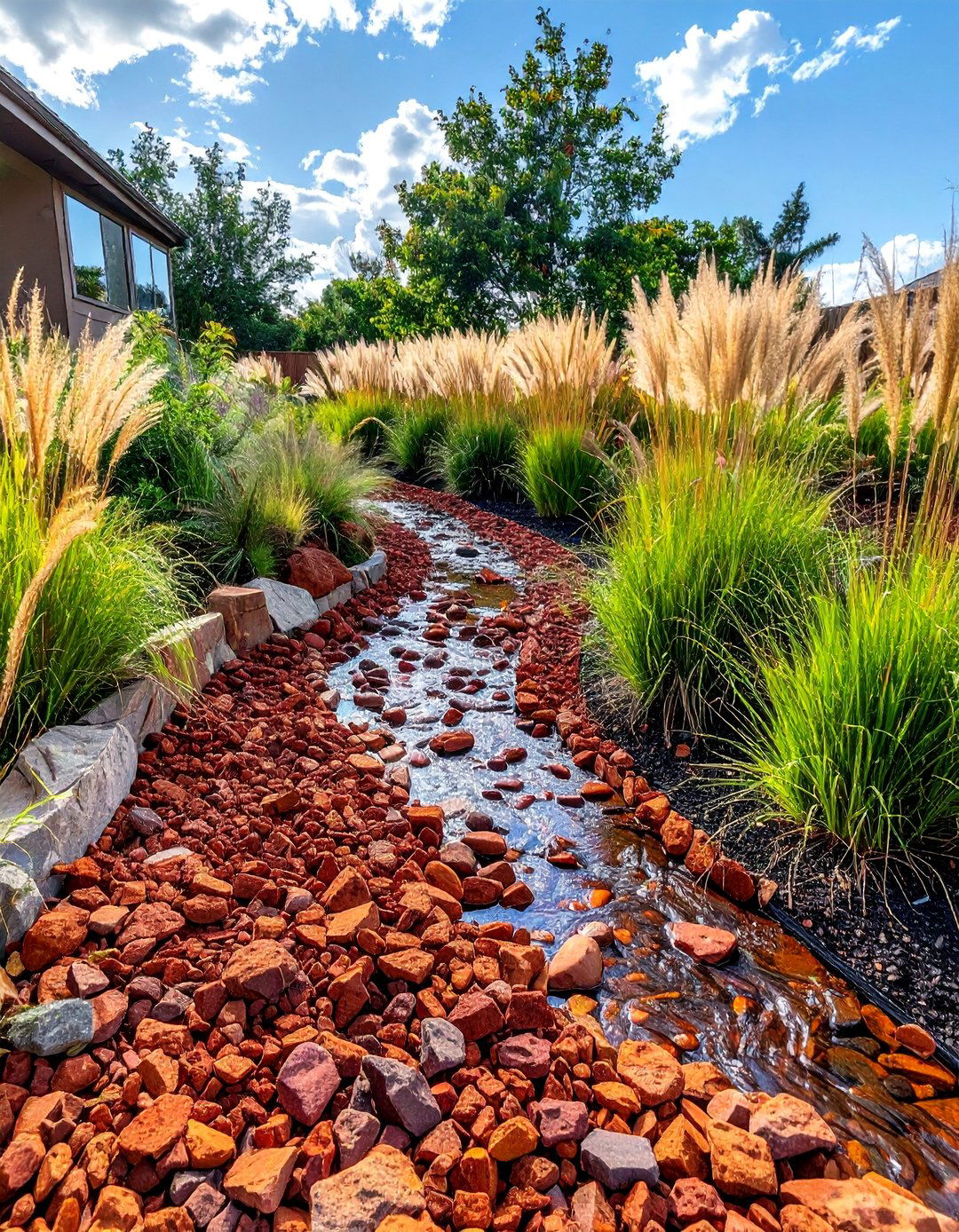
A dry creek bed made from red lava rock can solve drainage problems while adding immense visual interest to your landscape. This feature mimics a natural waterway, guiding rainwater away from your home's foundation or low-lying areas in a controlled manner. Arrange the red lava rocks of various sizes along a winding path to create a sense of movement and flow. Interspersing larger boulders and planting drought-tolerant grasses along the banks will enhance the naturalistic effect. The fiery red color gives the illusion of a sun-scorched canyon floor, turning a practical drainage solution into a beautiful landscape feature.
14. Accenting Around Trees with a Red Lava Rock Ring
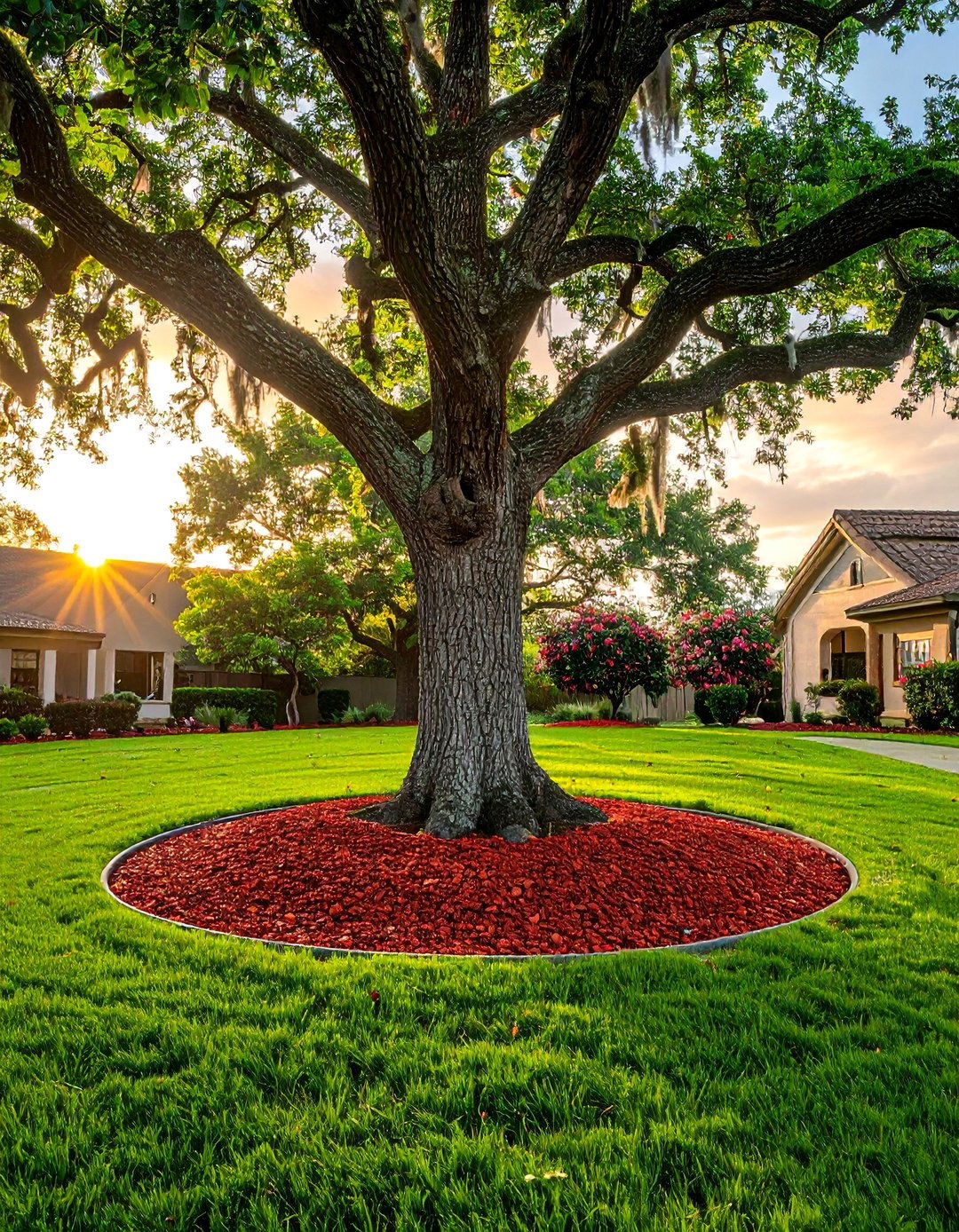
Creating a ring of red lava rock around the base of a tree provides both aesthetic and practical benefits. This mulch ring defines the space, protecting the tree trunk from damage by lawnmowers and string trimmers. It also suppresses weeds that would otherwise compete with the tree for water and nutrients. The bold color creates a neat, tidy circle that makes the tree a deliberate focal point in your yard. Ensure the rock layer is not too deep and is kept a few inches away from the trunk itself to allow for proper air circulation and prevent moisture-related issues.
15. Designing a Red Lava Rock Rockery Garden
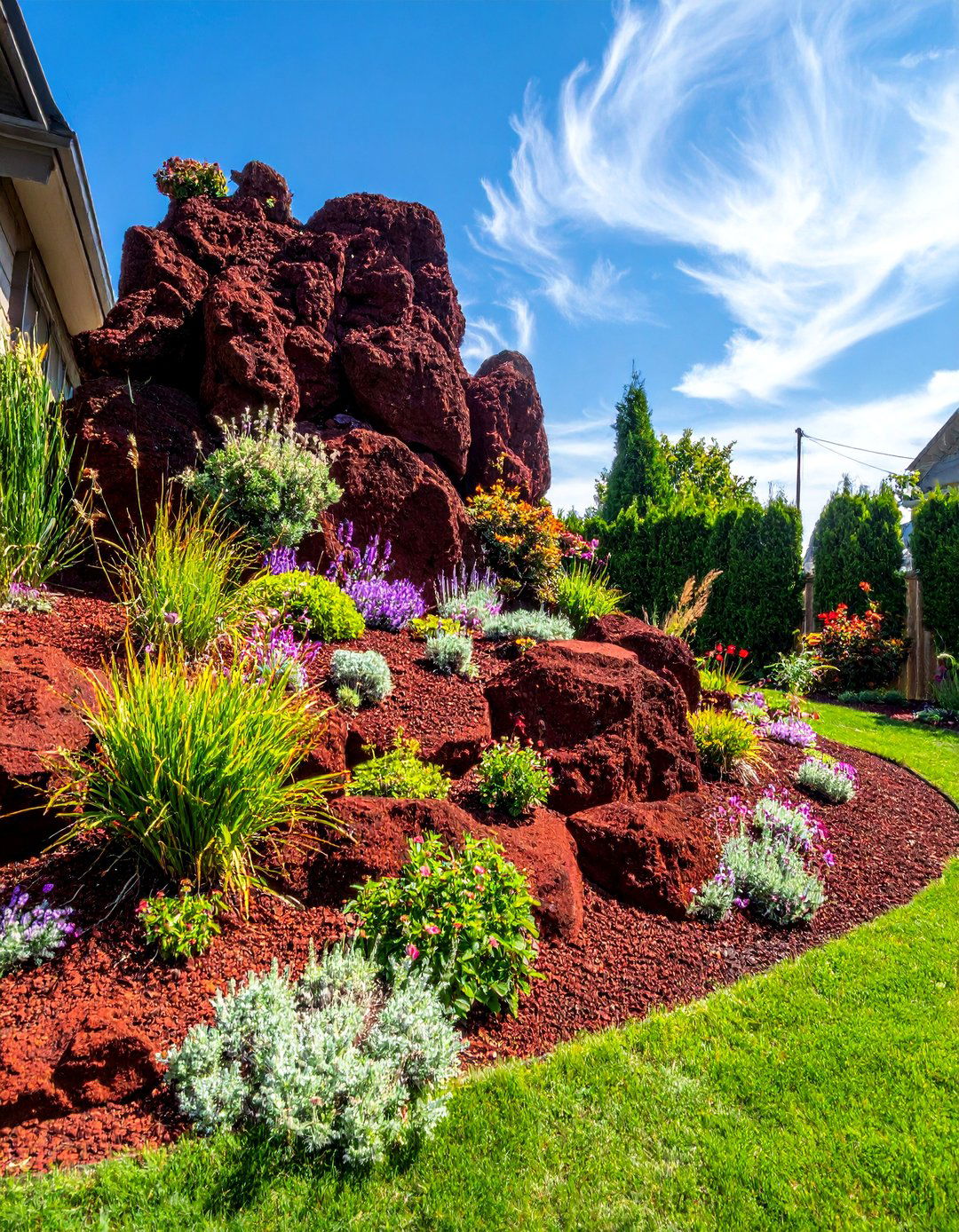
A rockery, or alpine garden, is perfectly suited for showcasing red lava rock. Build up a sloped area or mound using soil and larger stones, then fill the gaps and surface the area with red lava rock. This creates the ideal growing environment for alpine plants and other small, hardy specimens that require excellent drainage. The rock helps to retain heat, which can benefit plants in cooler climates. The fiery color of the lava rock creates a dramatic, mountainous scene in miniature, providing countless nooks and crannies for interesting plants to thrive while becoming a unique feature in your yard.
16. Using Red Lava Rock in Large Planter Top-Dressings
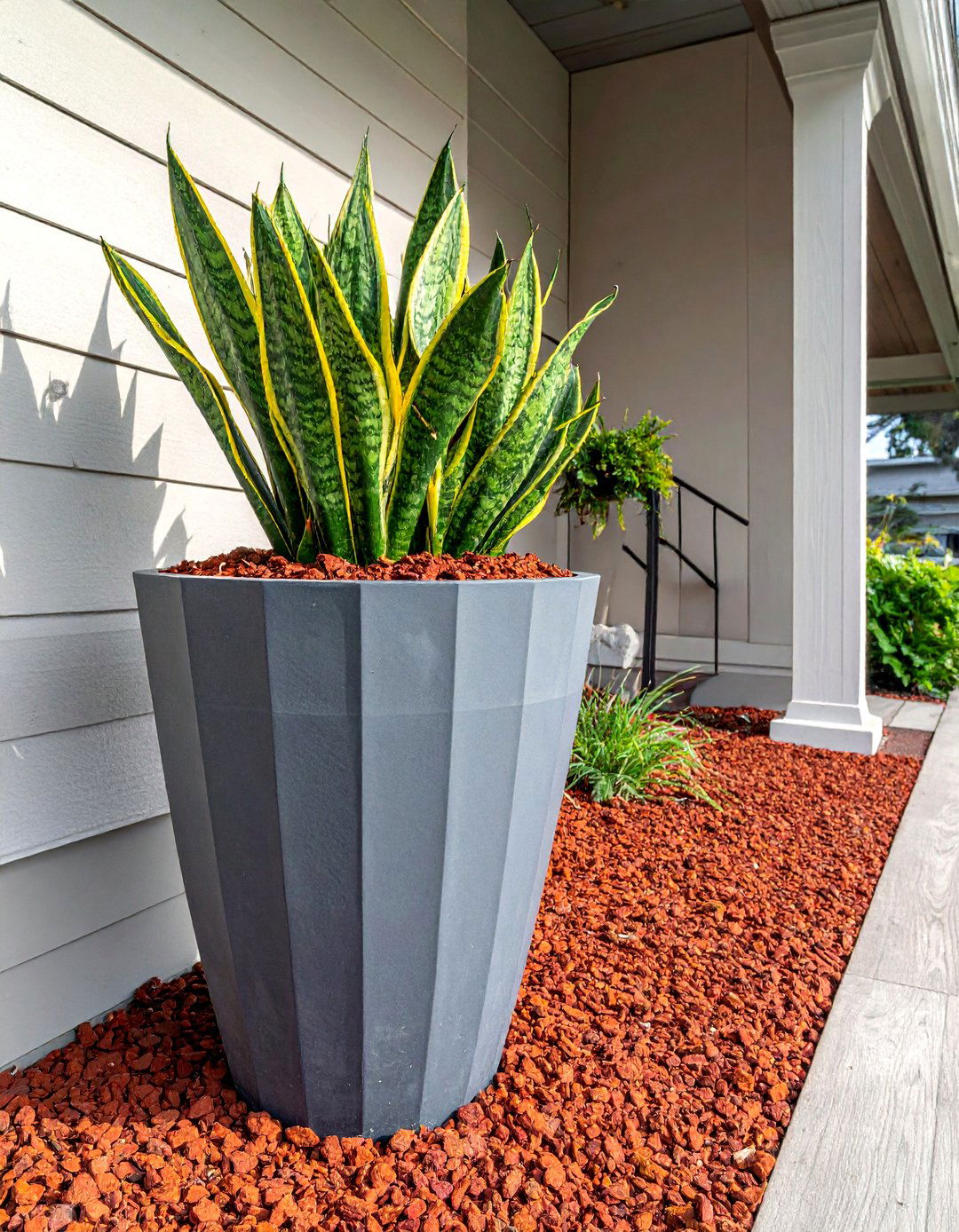
Elevate the look of your large container gardens by using red lava rock as a top-dressing. A one-inch layer on the soil surface of a big planter provides a clean, finished appearance that instantly makes the arrangement look more professional and intentional. This technique also helps to discourage weeds from sprouting in the pot and reduces moisture evaporation from the soil surface, meaning you'll have to water less frequently. The vibrant red color contrasts beautifully with the planter material—whether it's concrete, ceramic, or metal—and makes the foliage of the plants within it appear even more lush.
17. Lining a Driveway with a Red Lava Rock Strip
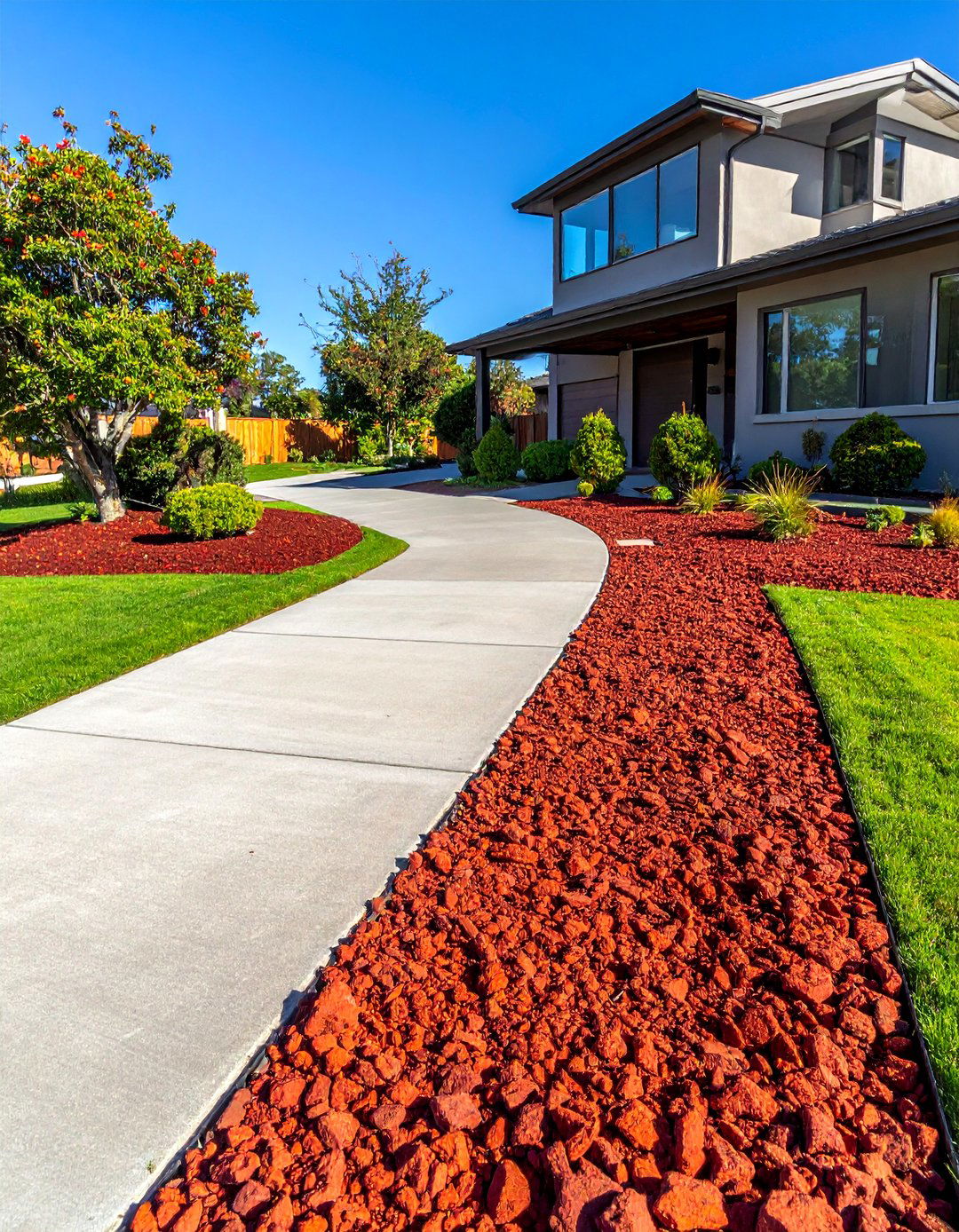
Add a touch of curb appeal and clean definition to your property by lining the edges of your driveway with a strip of red lava rock. This creates a neat border between the pavement and your lawn or garden beds, preventing grass from overgrowing the driveway's edge. This functional accent requires minimal maintenance and adds a bold stroke of color that can complement your home's exterior. A two-foot-wide strip on either side can transform a plain driveway into a well-defined entryway. It’s a simple yet highly effective way to enhance your home's appearance from the street.
18. Building Safe Red Lava Rock Pool Landscaping
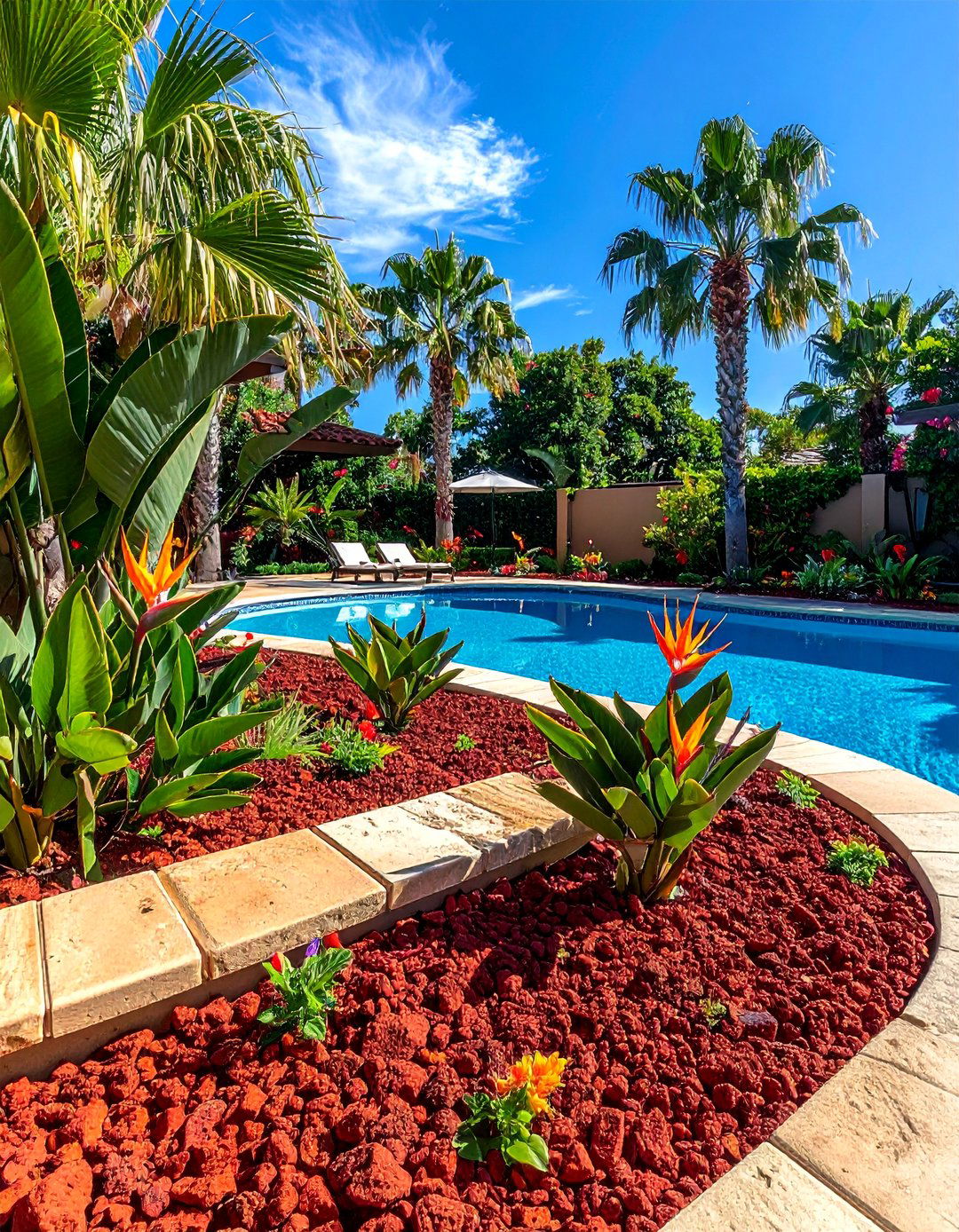
The area around a swimming pool requires landscaping materials that are safe, durable, and won't create a mess. Red lava rock fits these criteria perfectly. Its textured surface provides some grip, and because it is a stone, it won't blow into the pool like lighter organic mulches. Use it in surrounding garden beds with tropical plants like palms and hibiscus to create a resort-like, volcanic island theme. The rich red hue contrasts beautifully with the sparkling blue water of the pool, creating a vibrant and inviting oasis for relaxation and entertainment without the hassle of constantly cleaning debris.
19. Creating Checkerboard Patterns with Red Lava Rock
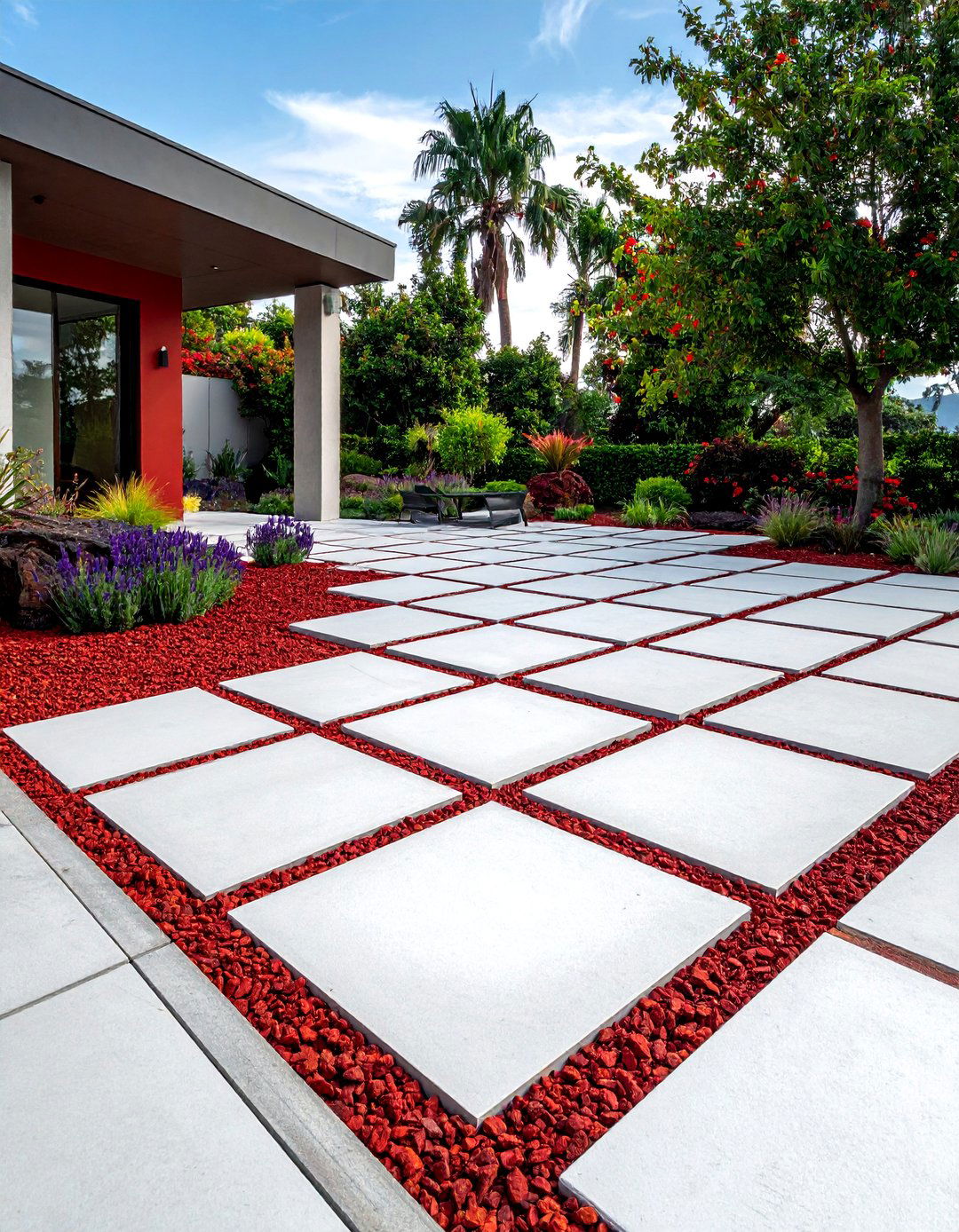
For a bold, graphic landscape design, create a checkerboard pattern using red lava rock and another contrasting material. Alternate squares of red lava rock with concrete pavers, squares of turf, or even white marble chips to craft a visually arresting patio or pathway. This geometric approach is perfect for modern or formal garden styles, turning a simple ground plane into a work of art. The key is to use crisp, clean edging for each square to maintain the sharp definition of the pattern. This design makes a strong statement and is an excellent way to add personality to a flat, uninspired space.
20. Establishing a Low-Maintenance Red Lava Rock Side Yard
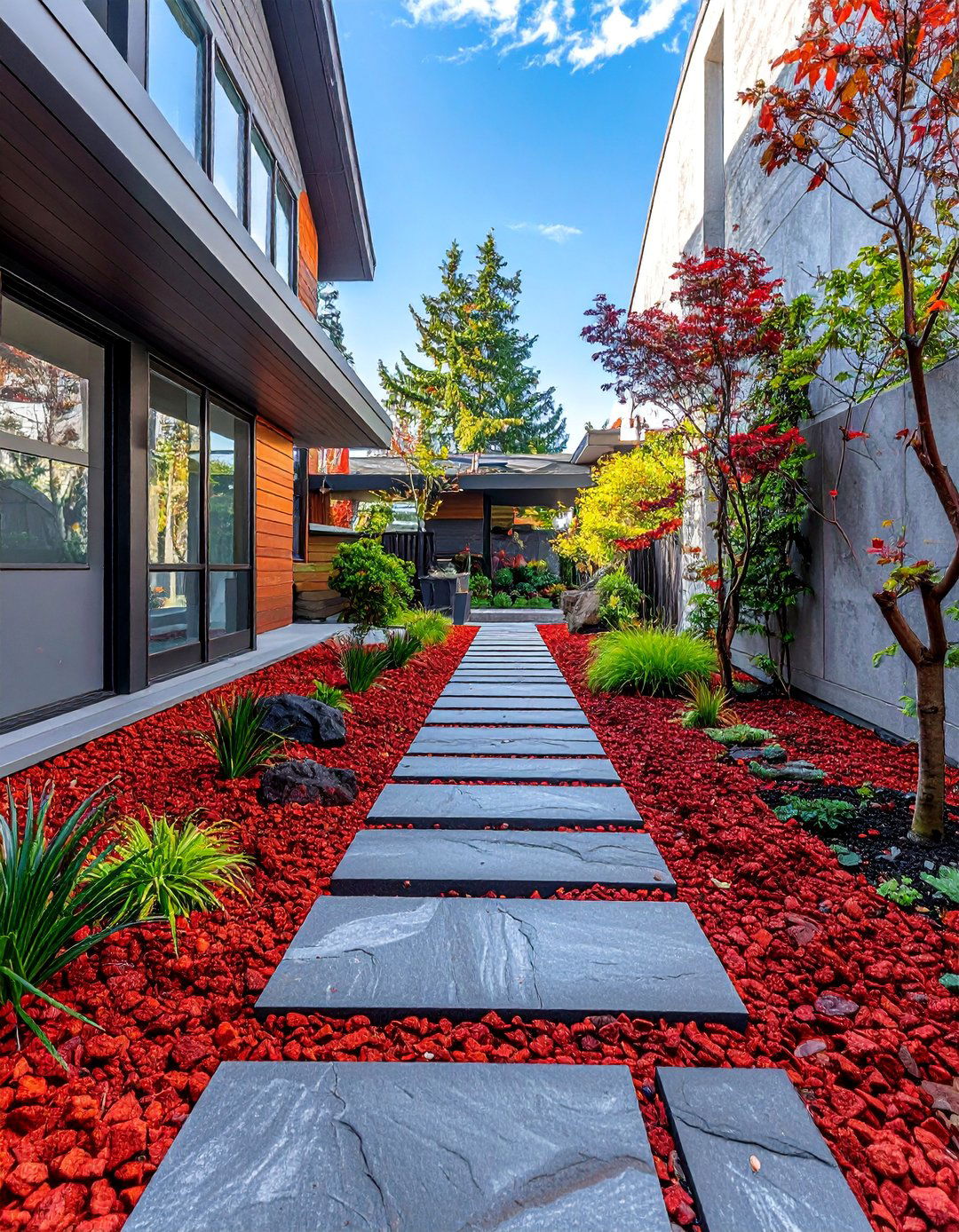
Side yards are often neglected, narrow spaces that can be difficult to maintain. Transform this area into a clean and attractive passage with red lava rock. By covering the entire ground with landscape fabric and a thick layer of lava rock, you can eliminate mowing and weeding in this hard-to-reach spot. Add a few simple stepping stones for a clear walkway and perhaps some tall, narrow planters for vertical interest. This solution turns a forgotten utility space into a tidy and visually appealing part of your landscape that requires virtually no upkeep while providing a bold splash of color.
Conclusion:
Red lava rock is a remarkably versatile and impactful material for any garden. Its vibrant color, unique texture, and practical benefits—such as weed suppression and moisture retention—make it a superior choice for a wide range of applications. Whether used to create a dramatic pathway, mulch a xeriscape garden, or accent a water feature, its fiery aesthetic guarantees a bold statement. By incorporating these ideas, you can design a dynamic, low-maintenance landscape that stands out for its beauty and resilience, proving that functional choices can also be the most visually stunning.

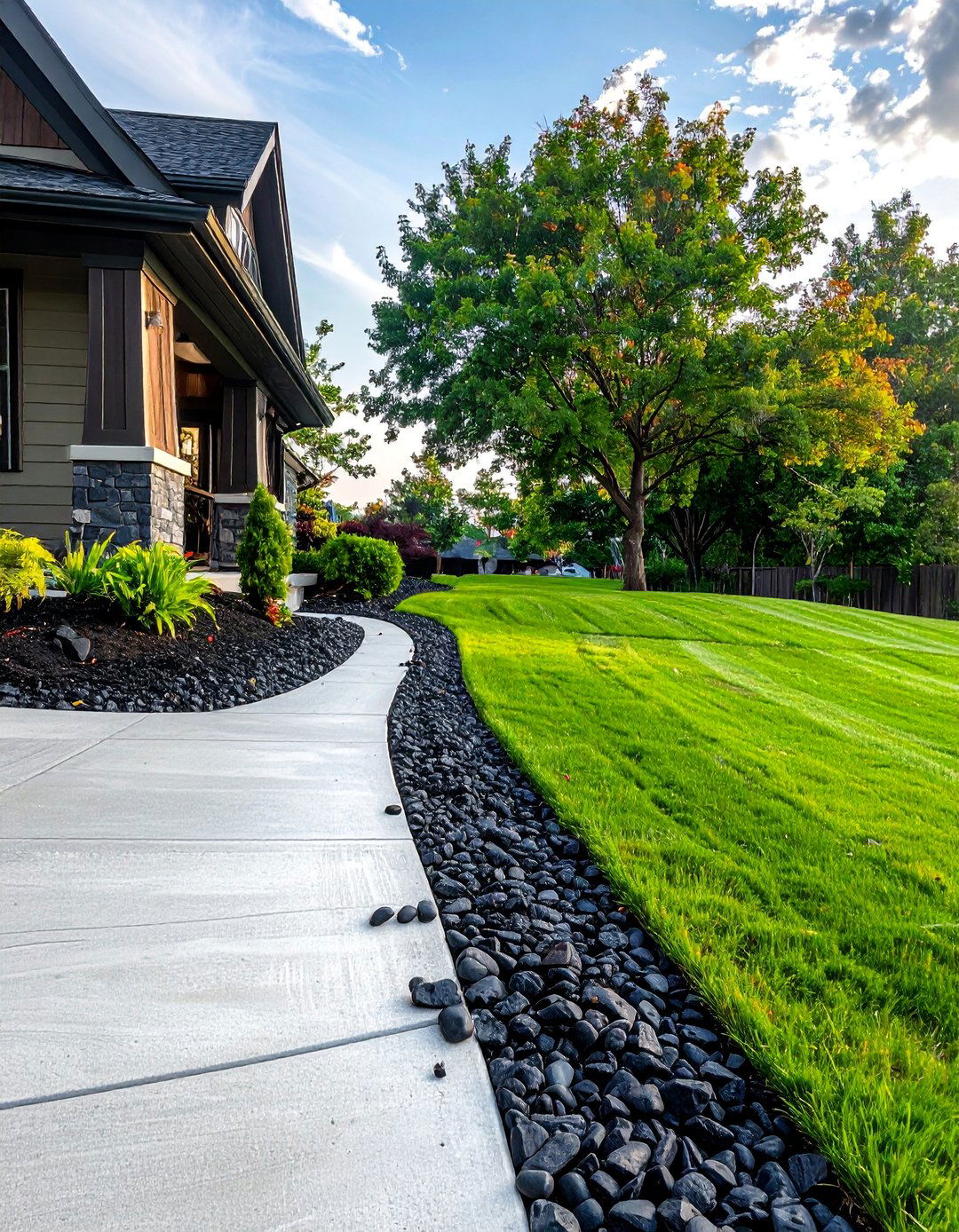
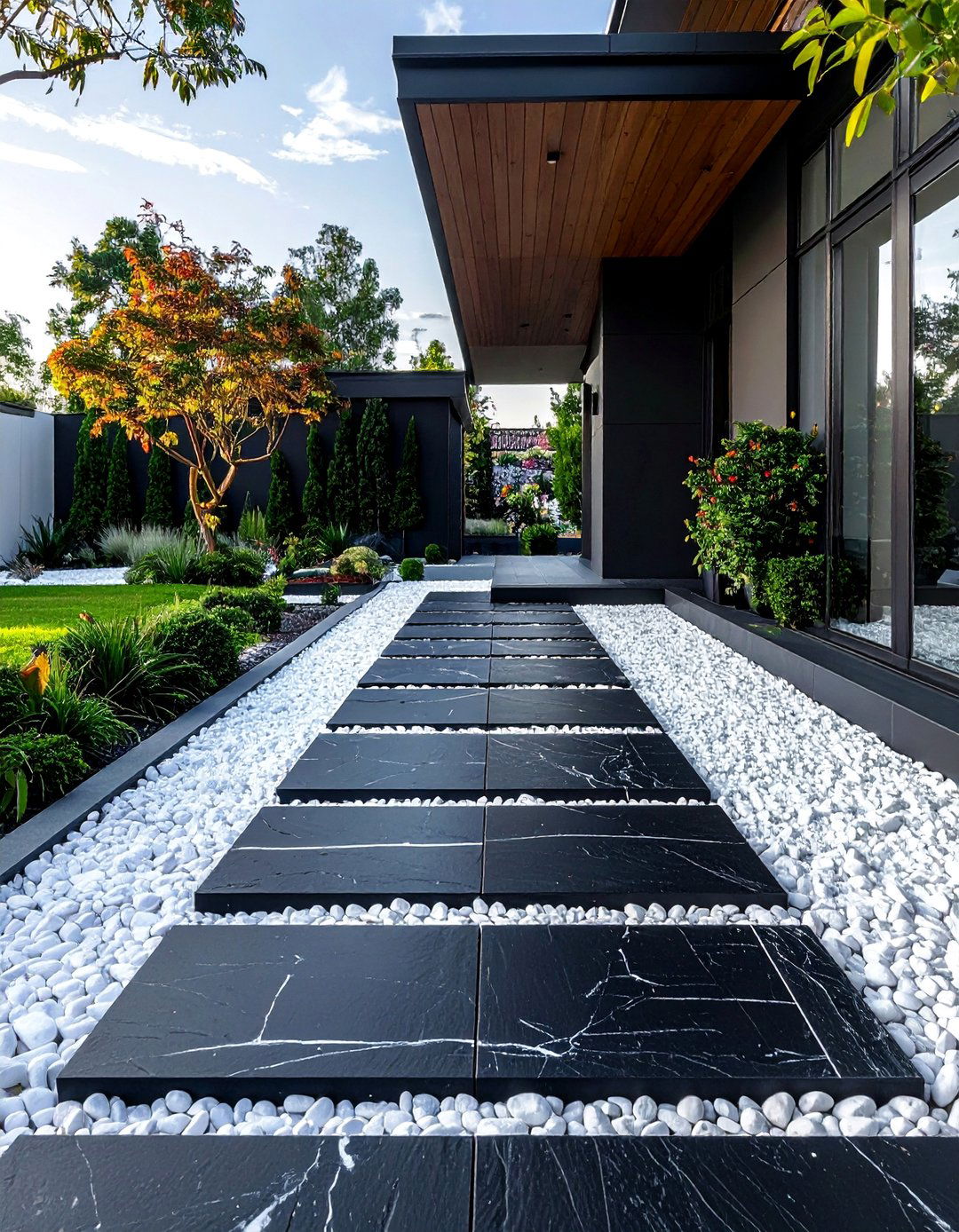
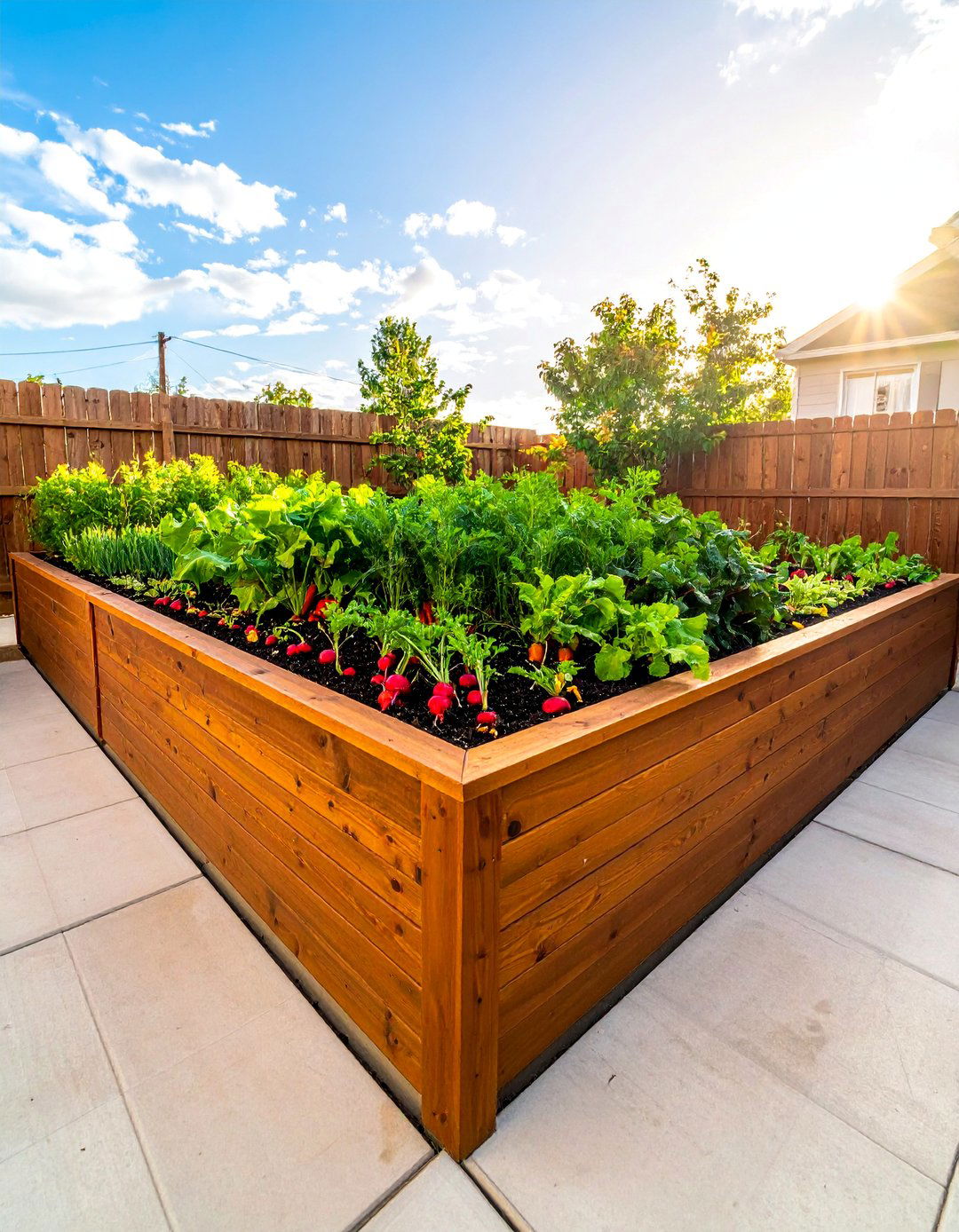
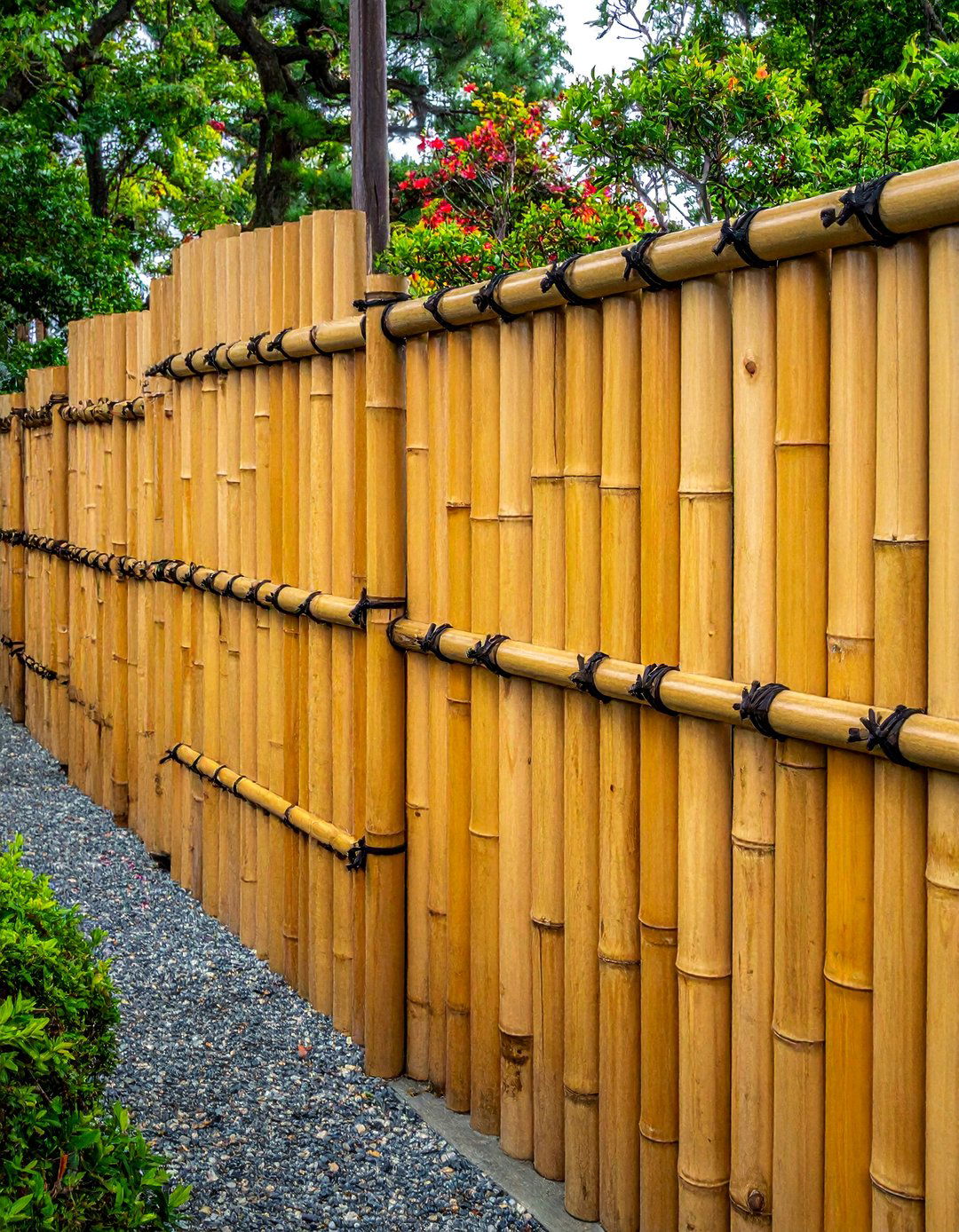
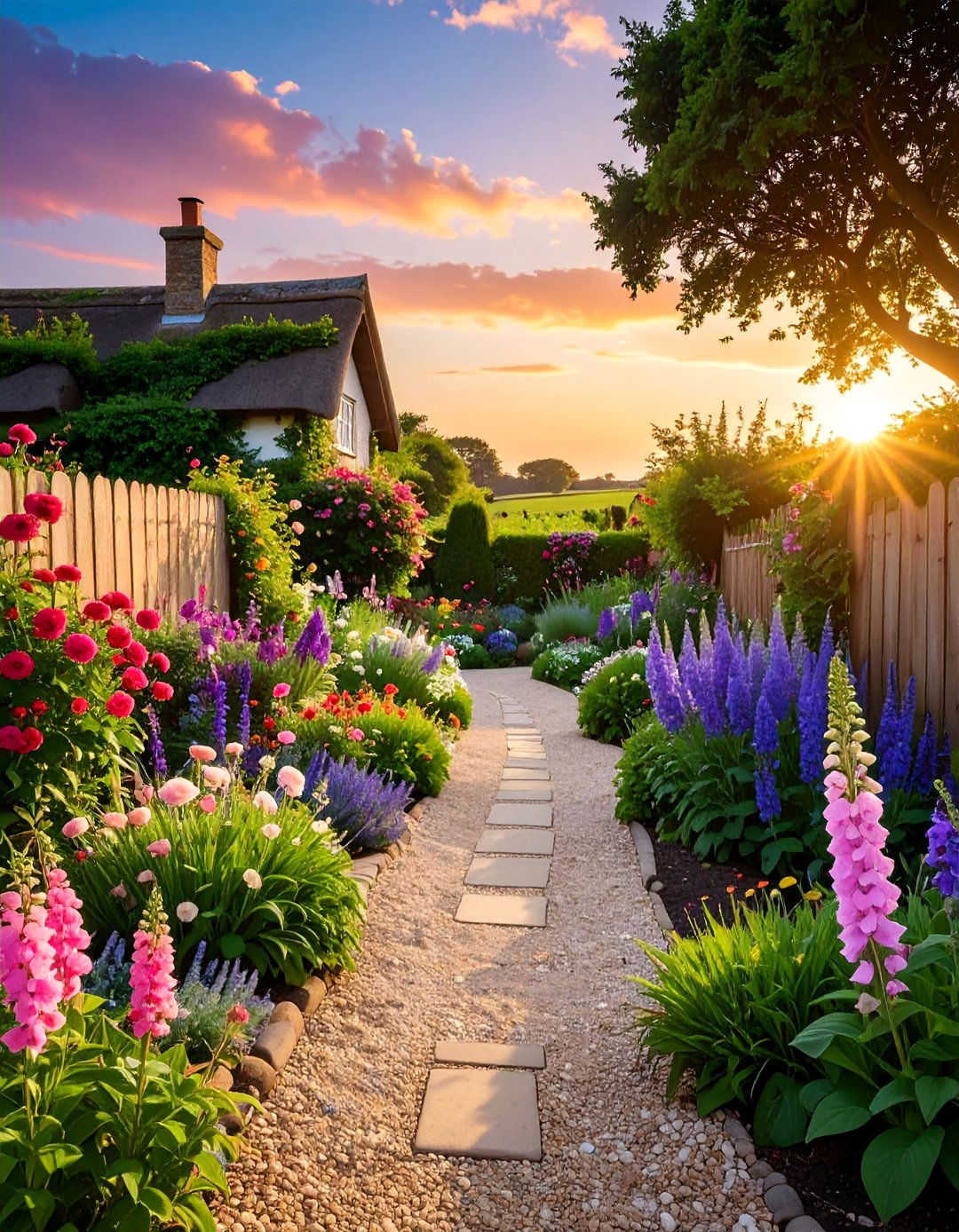
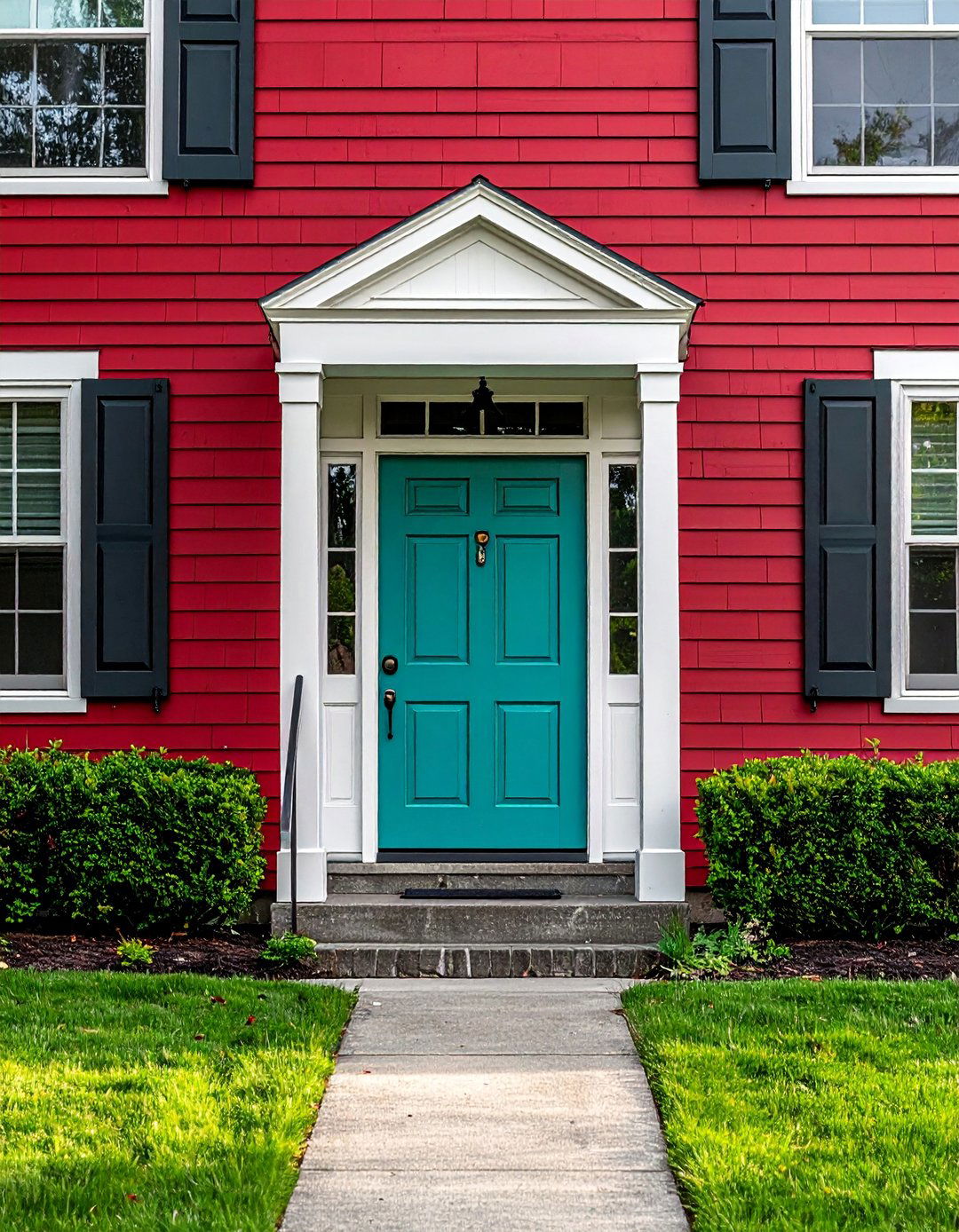
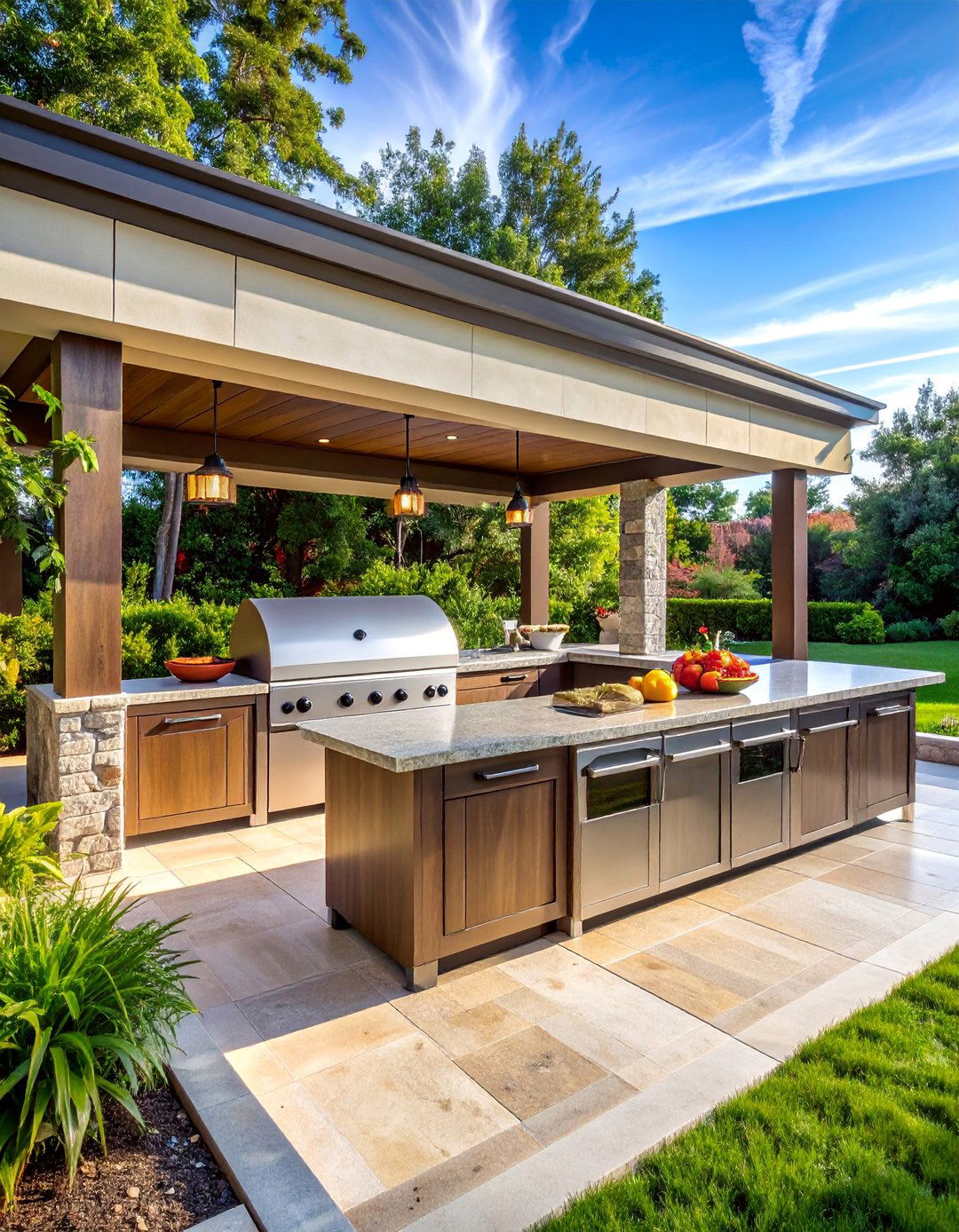
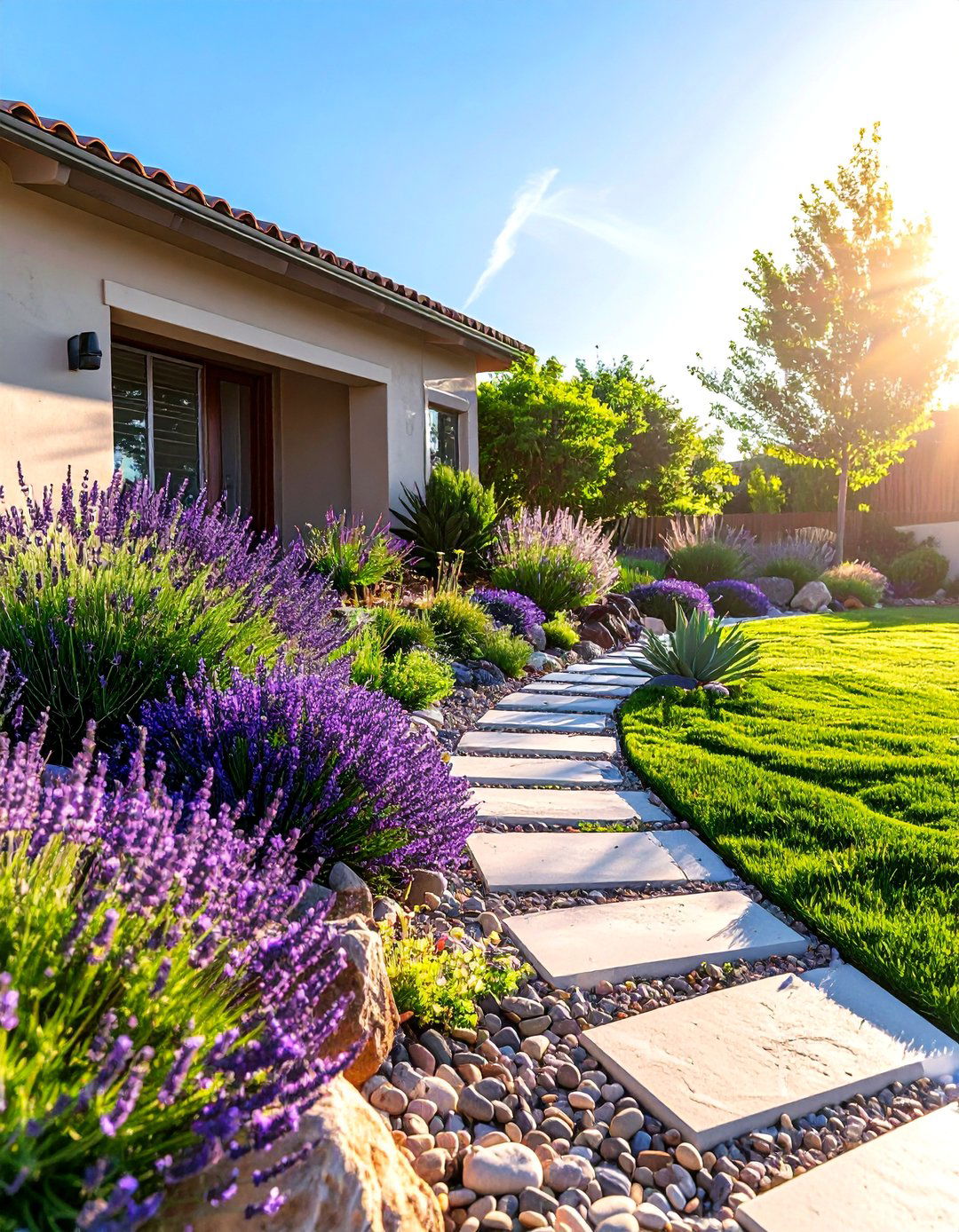
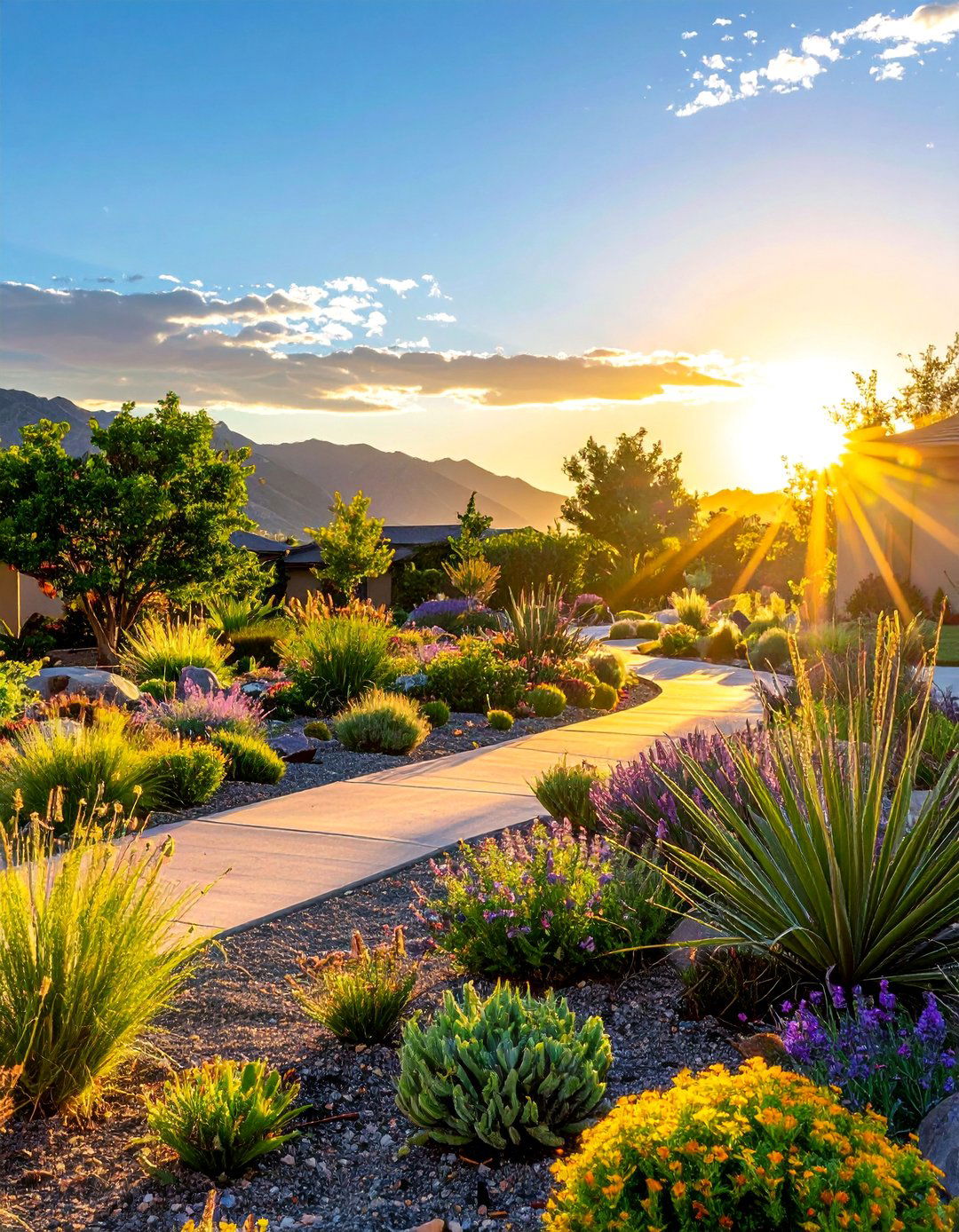
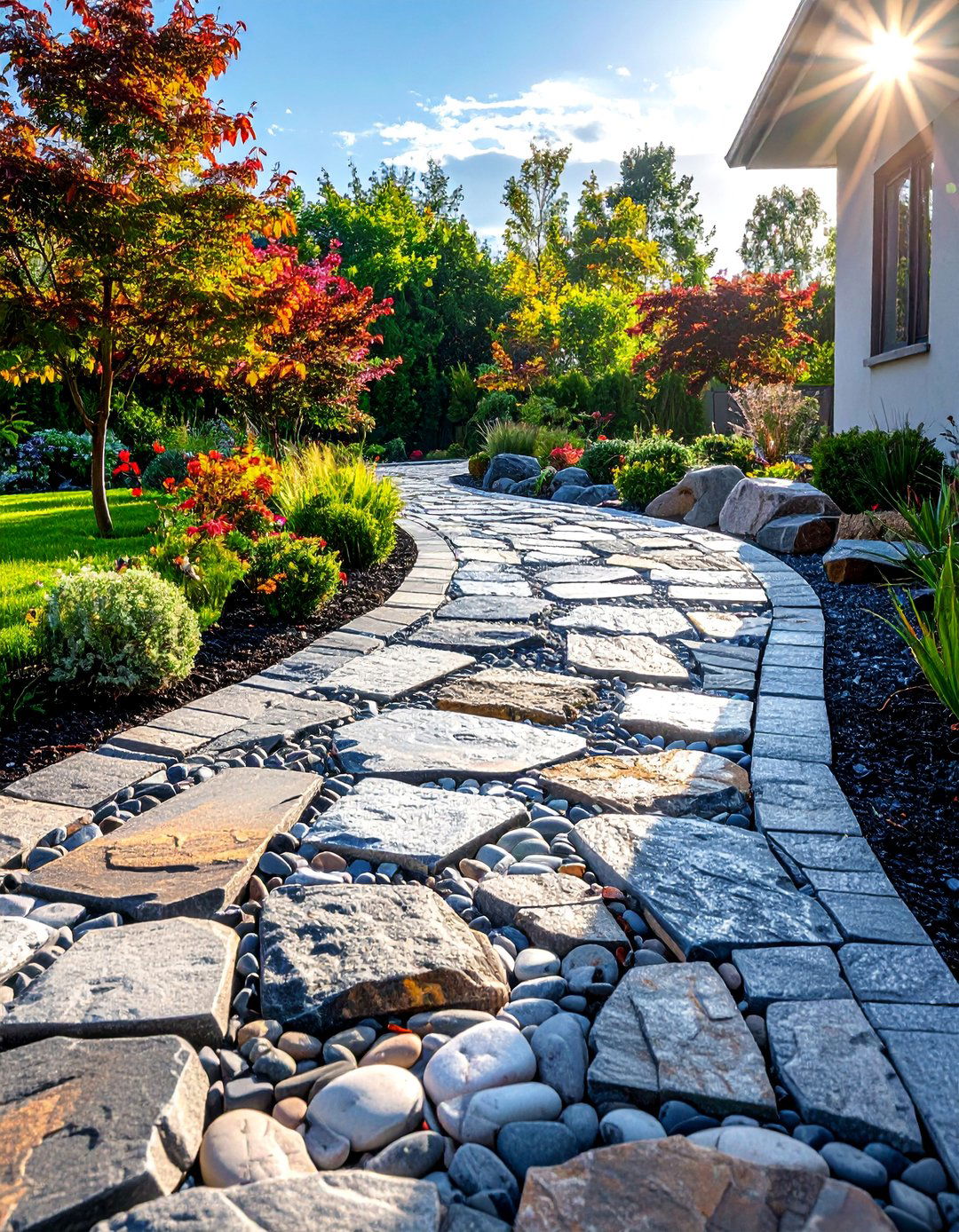
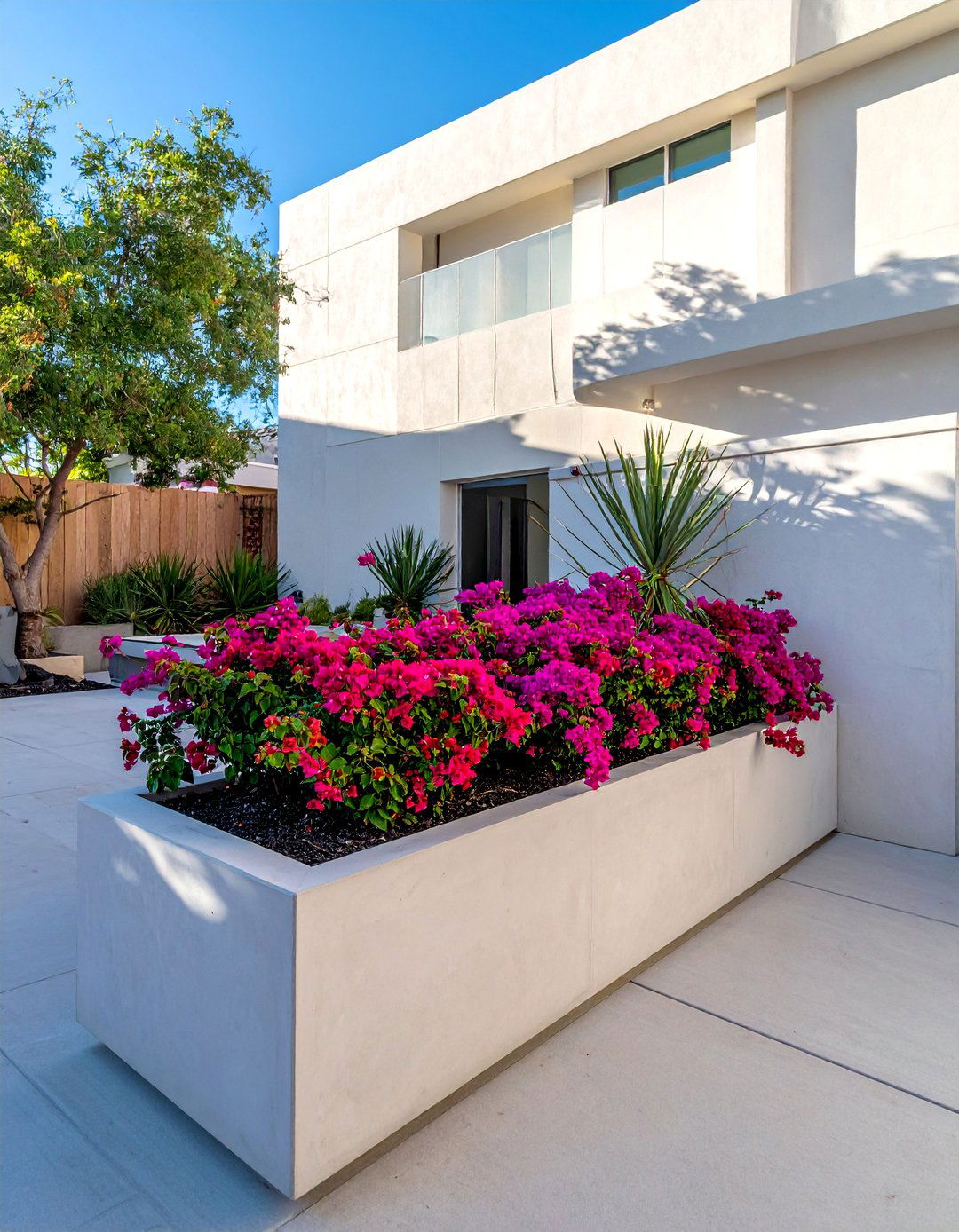
Leave a Reply